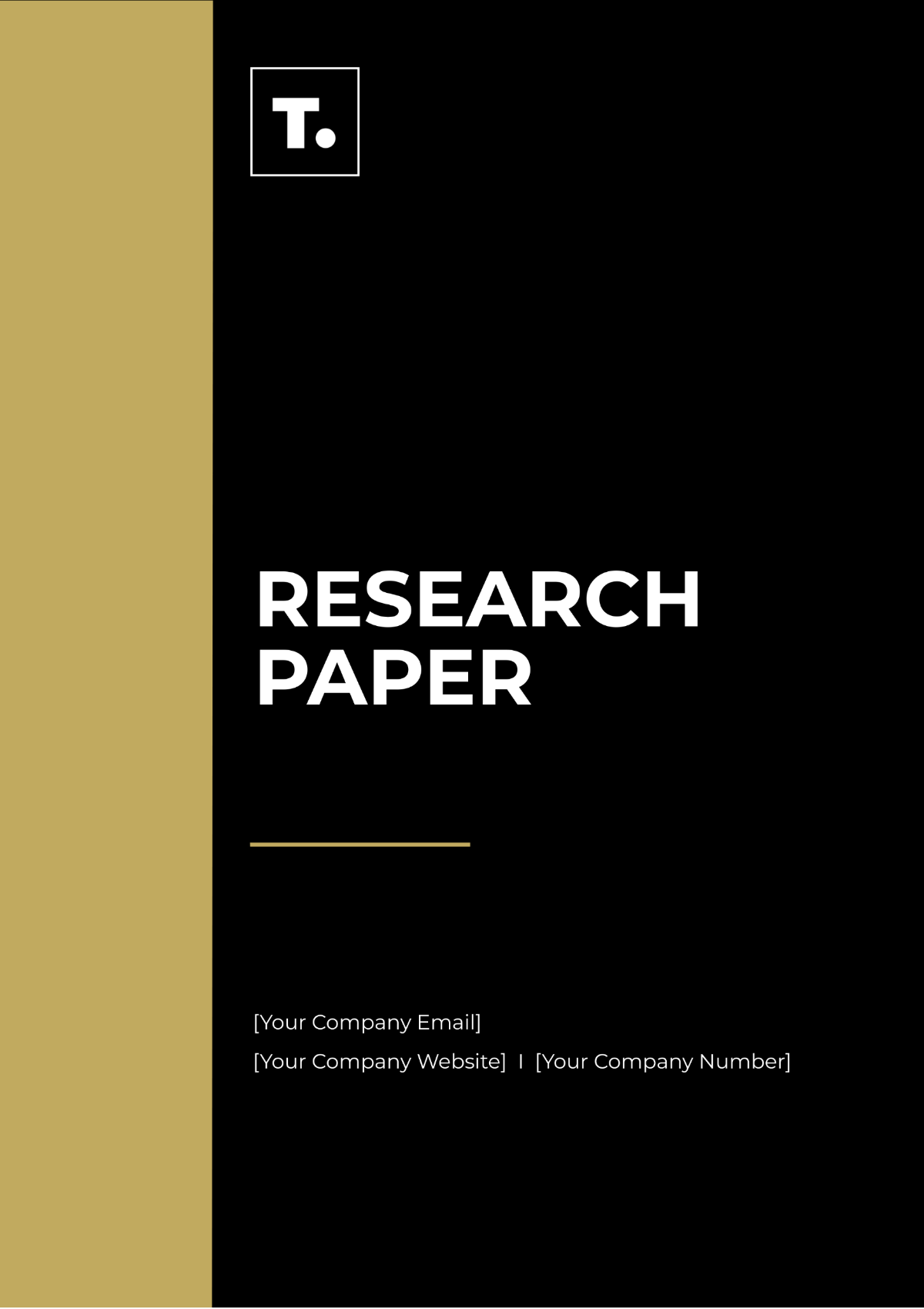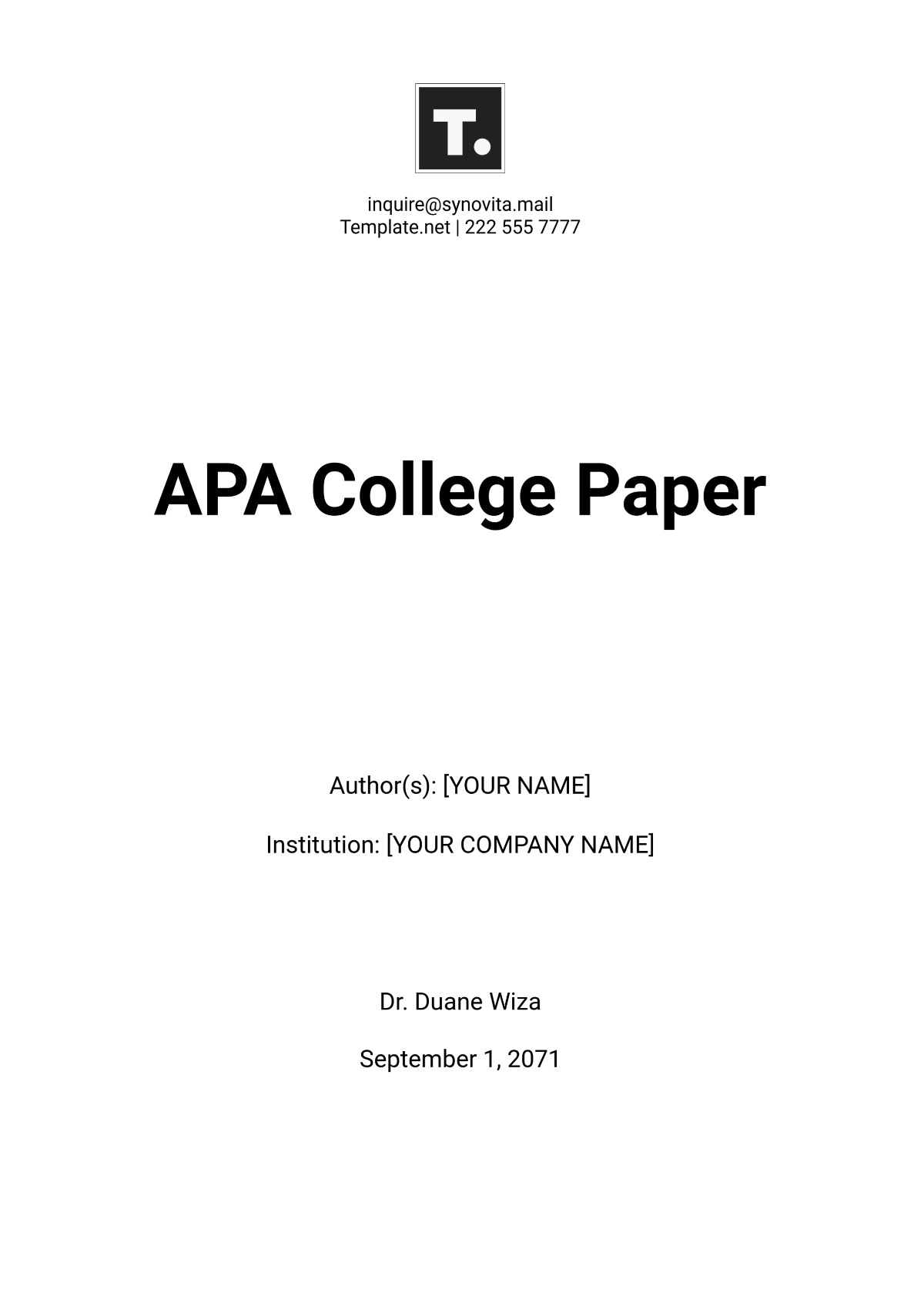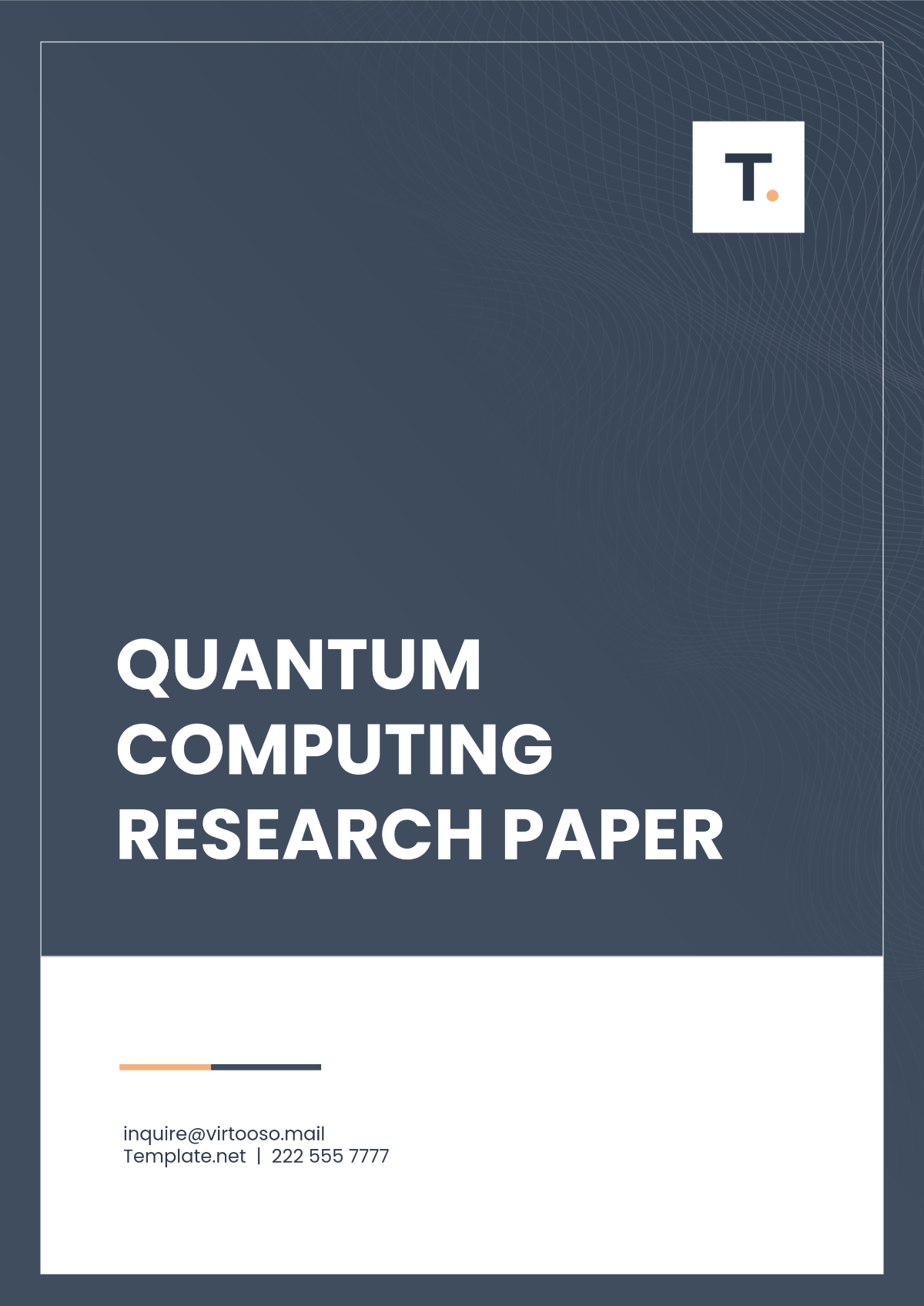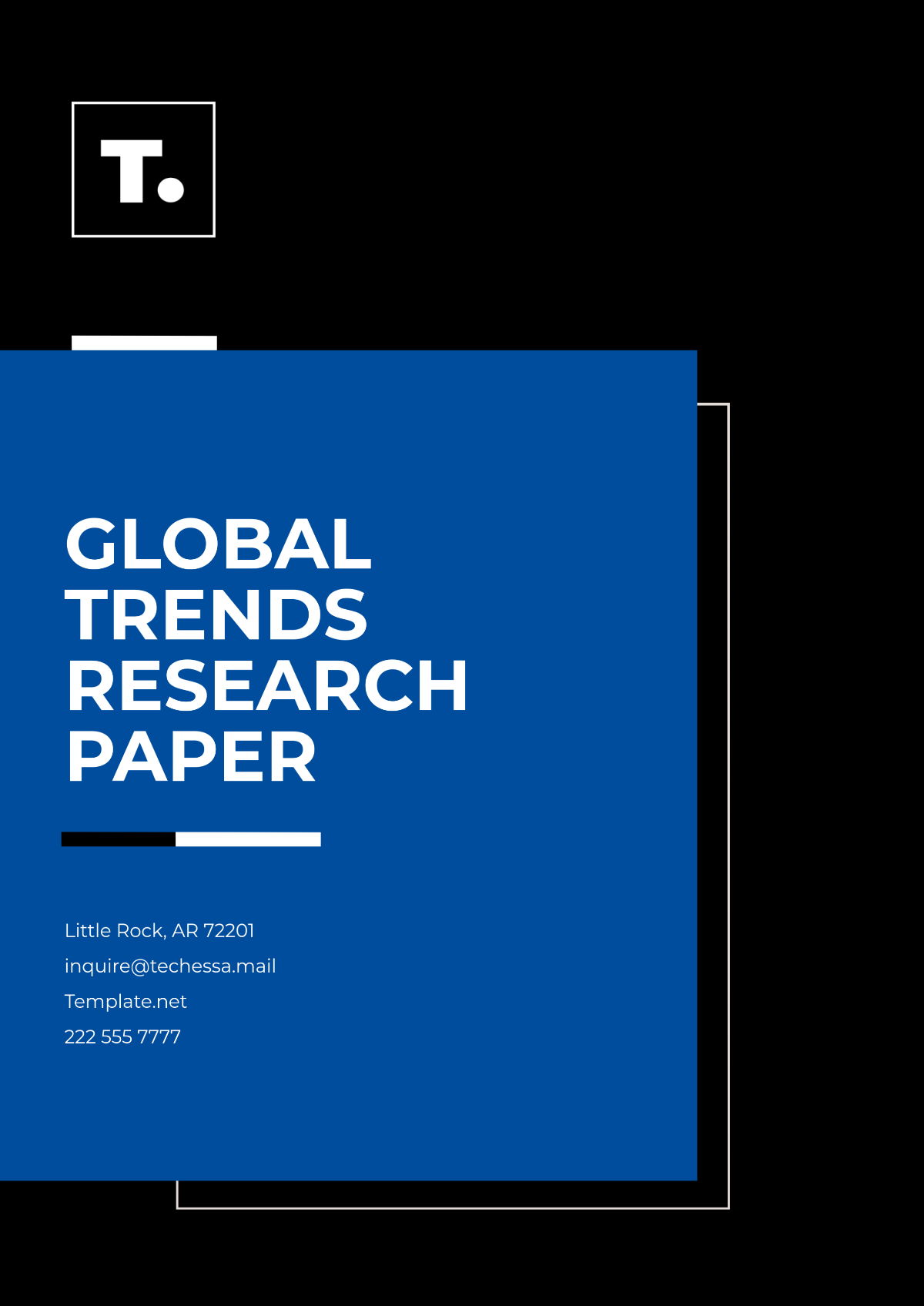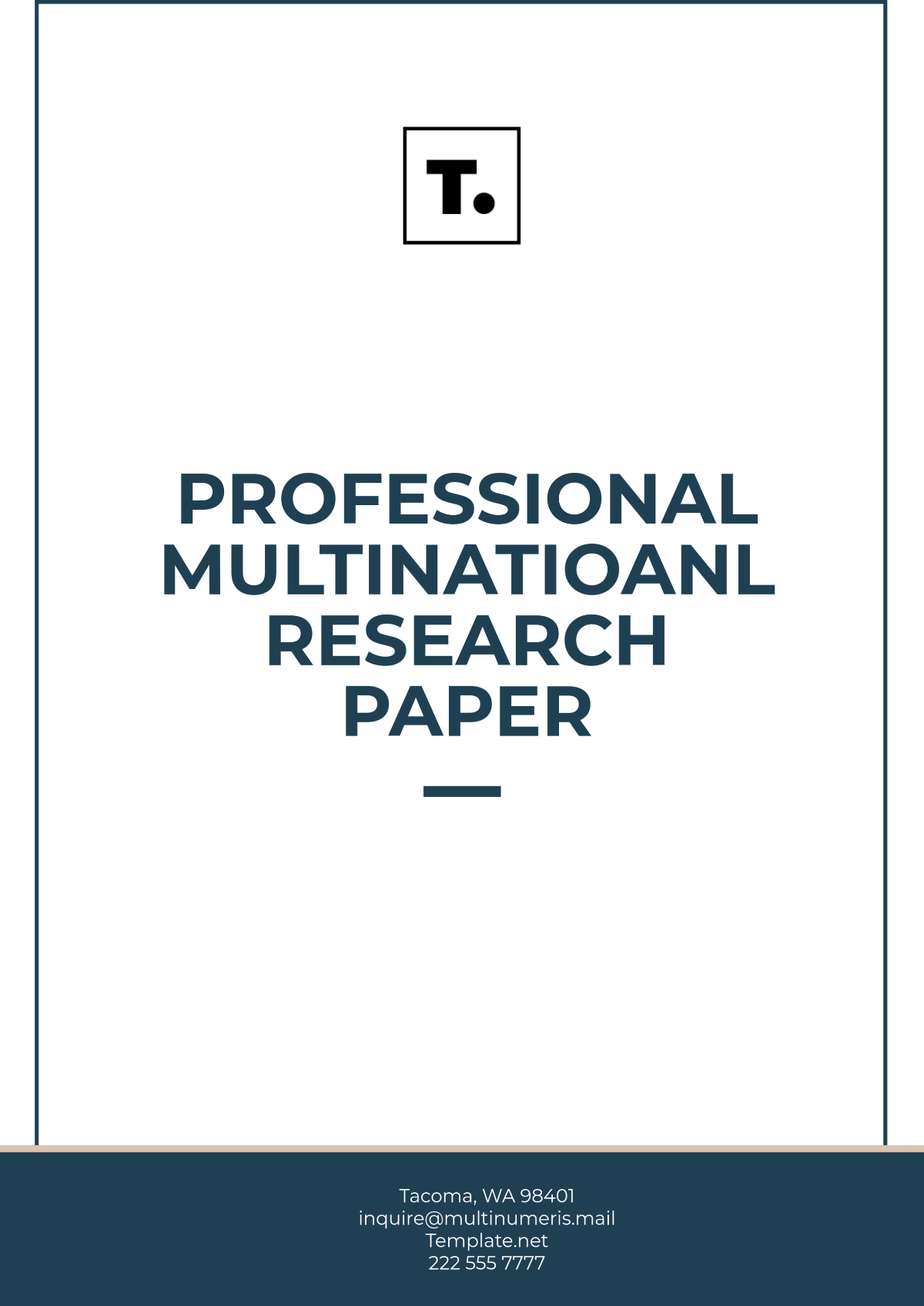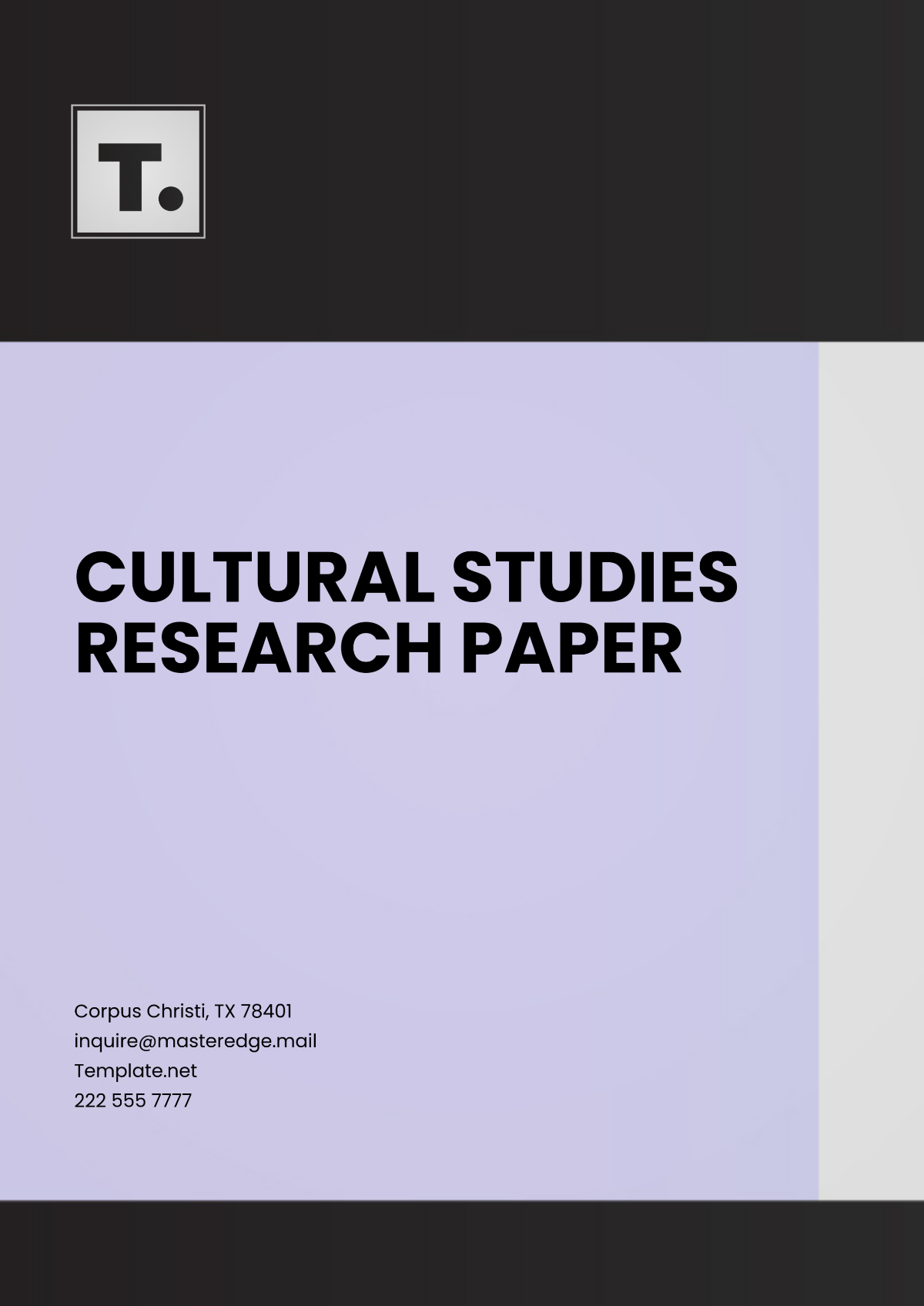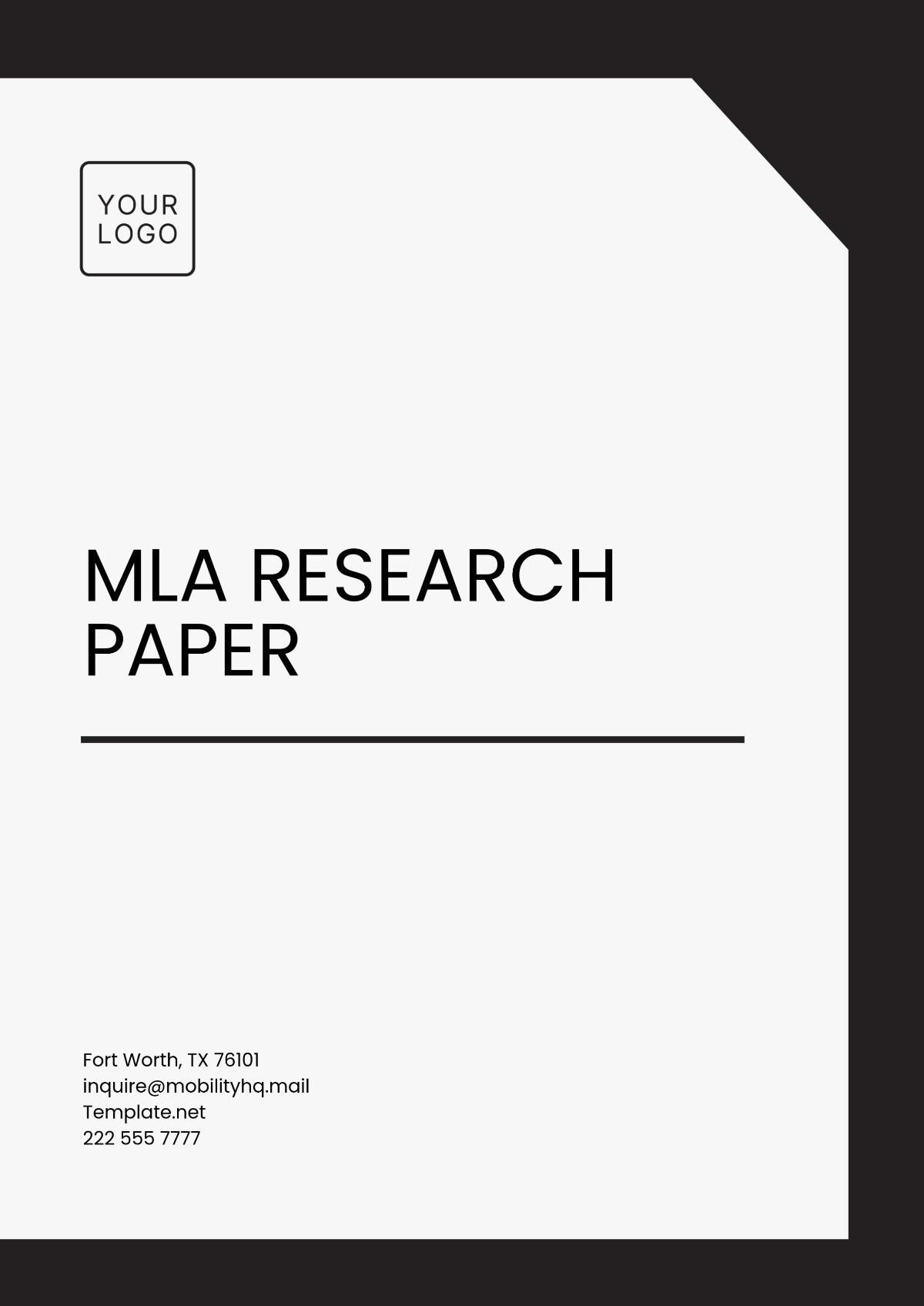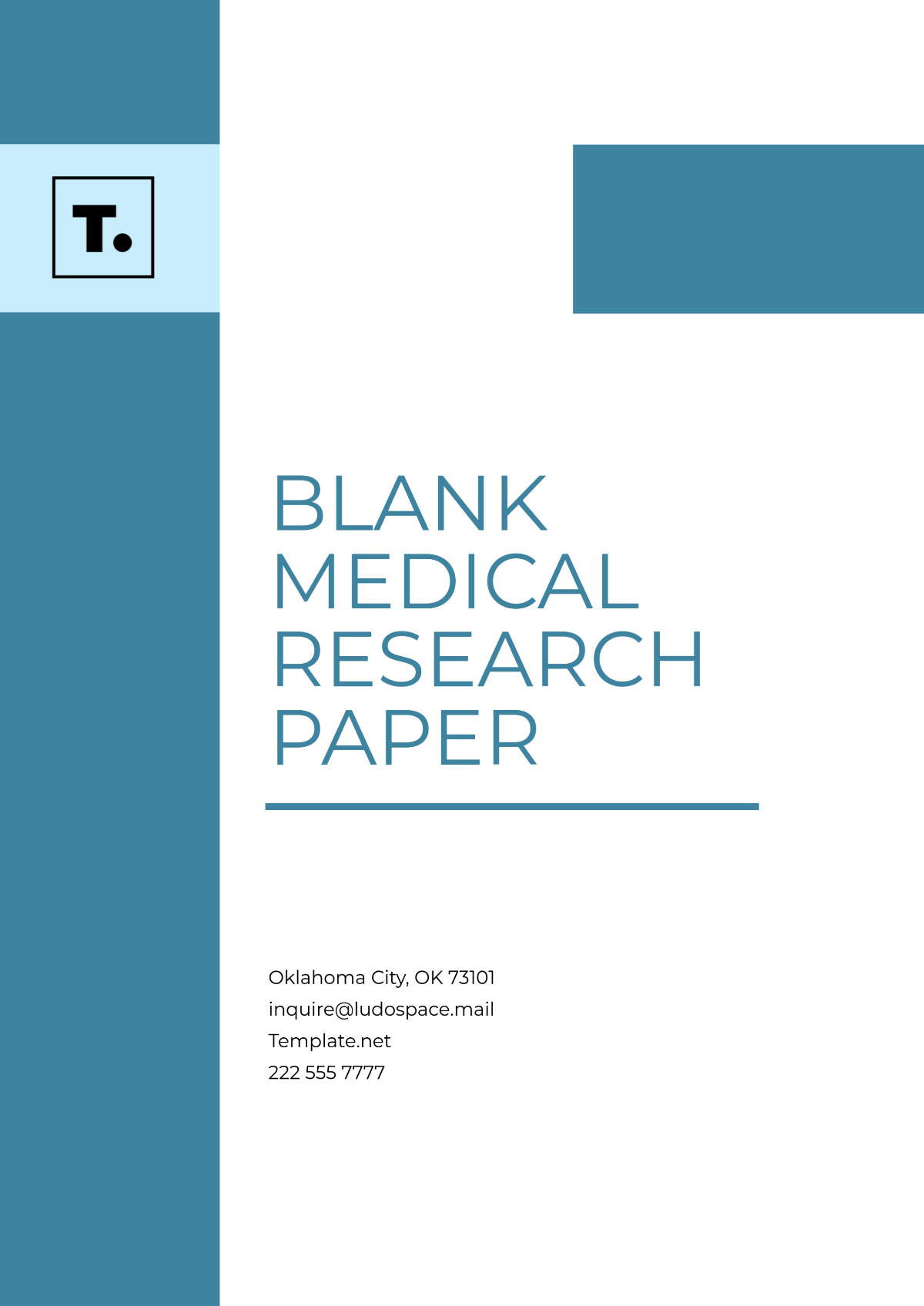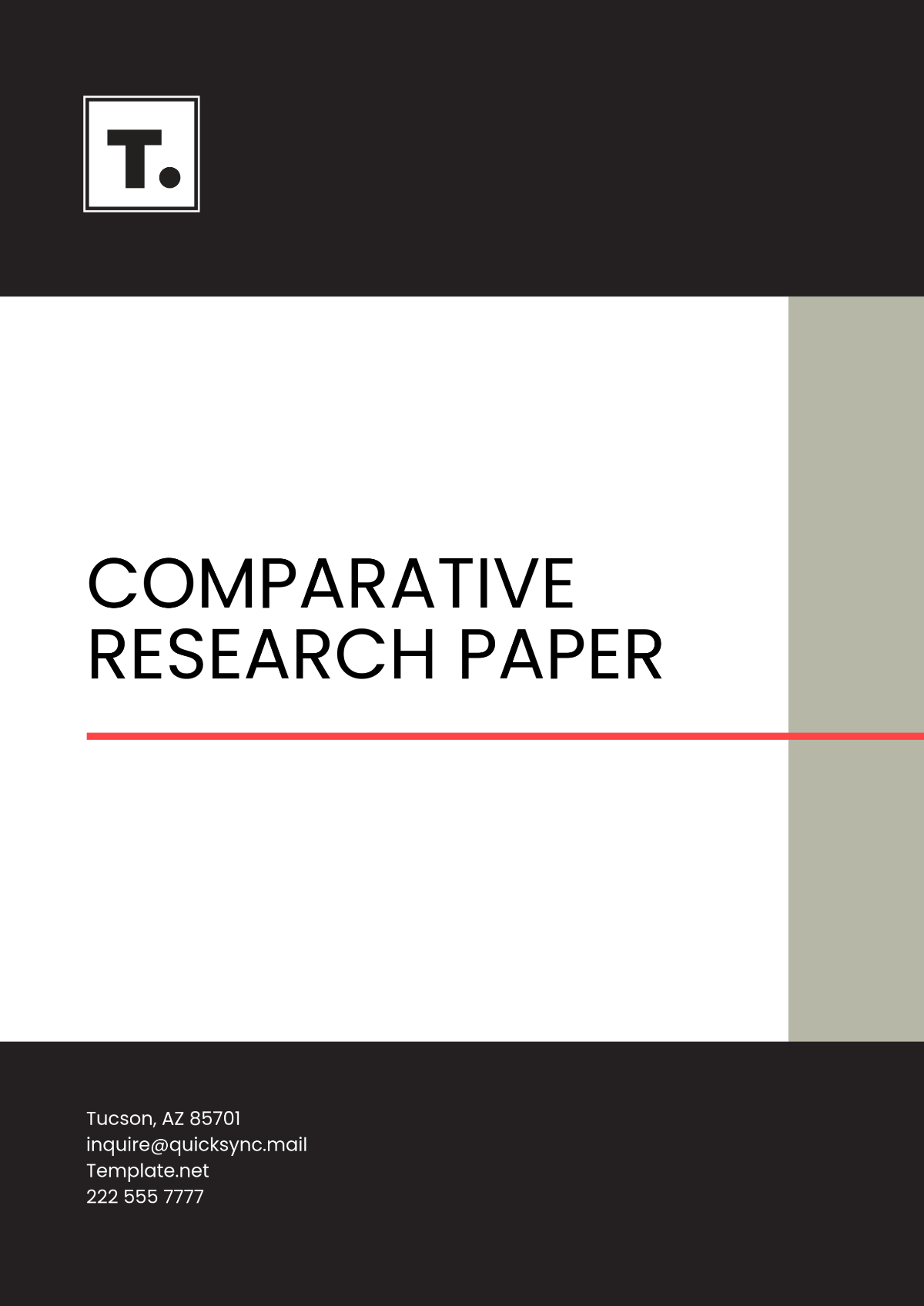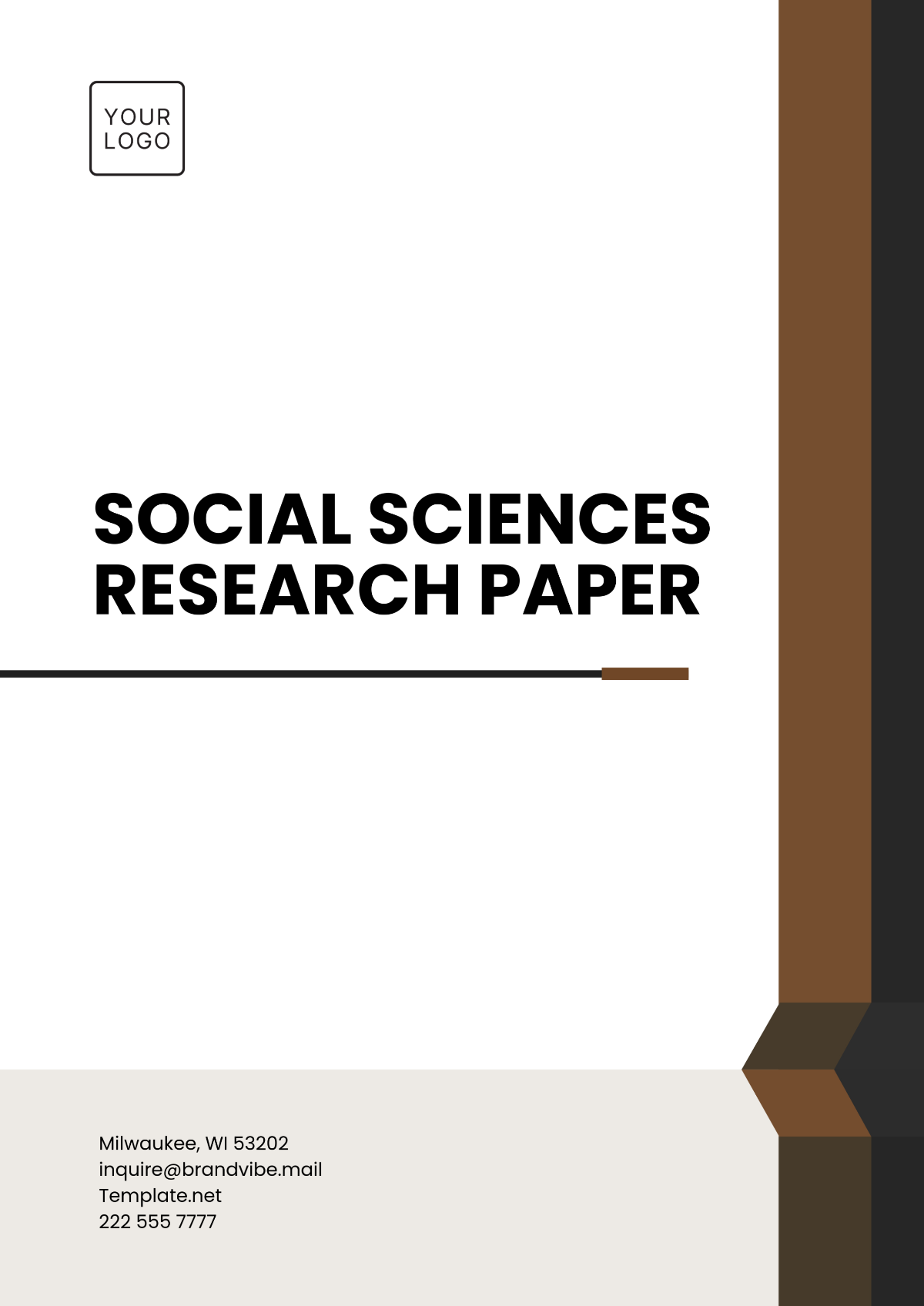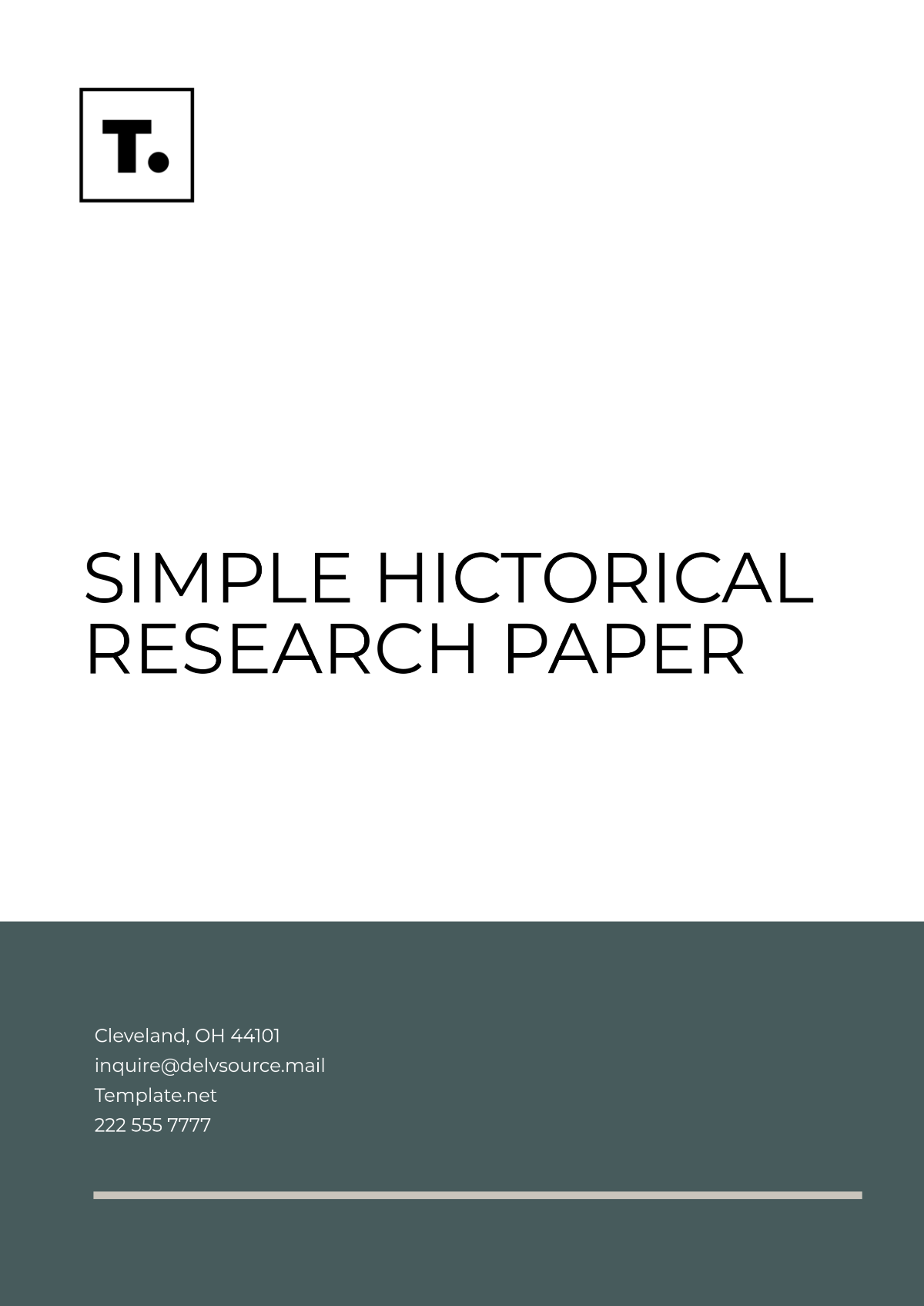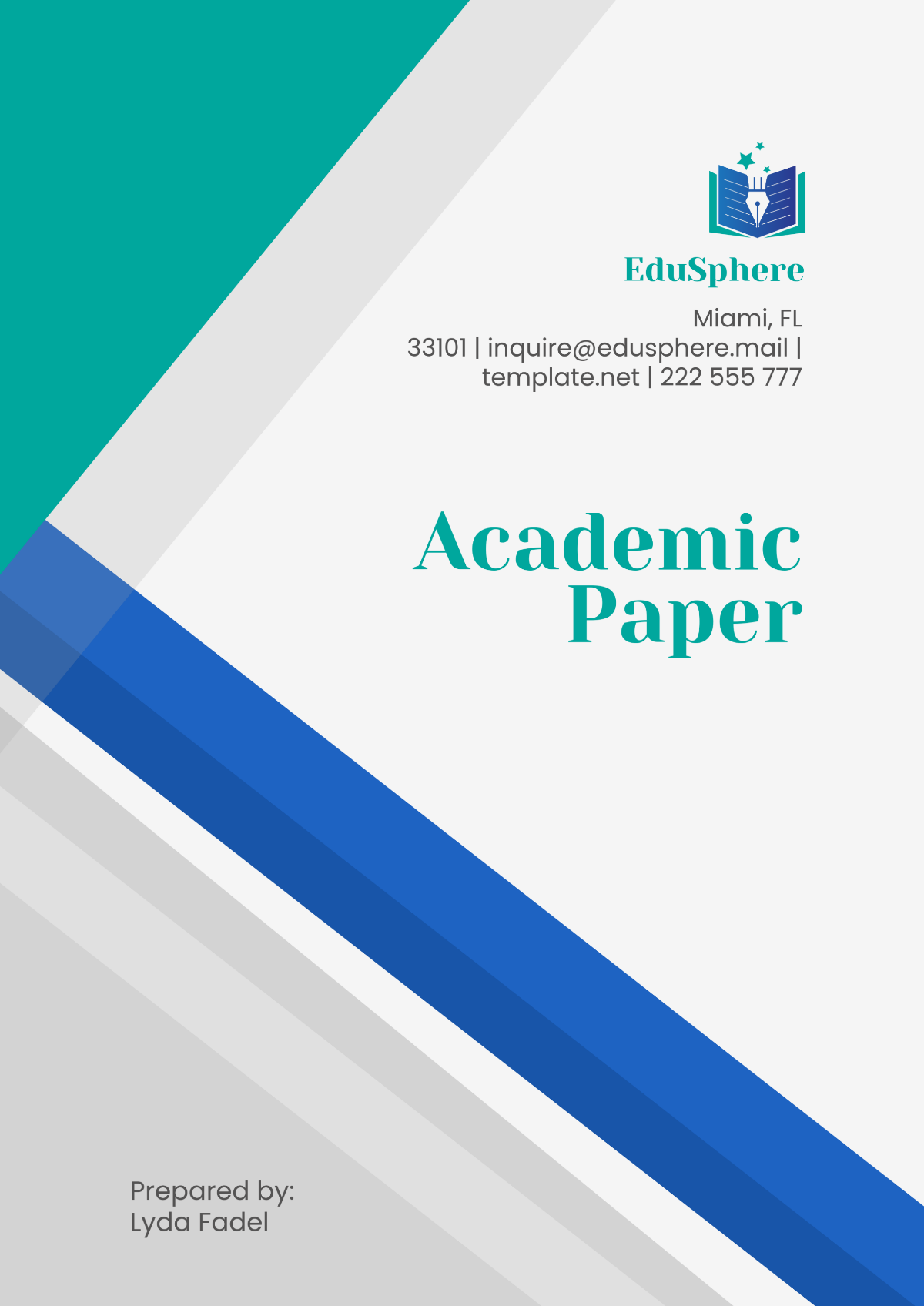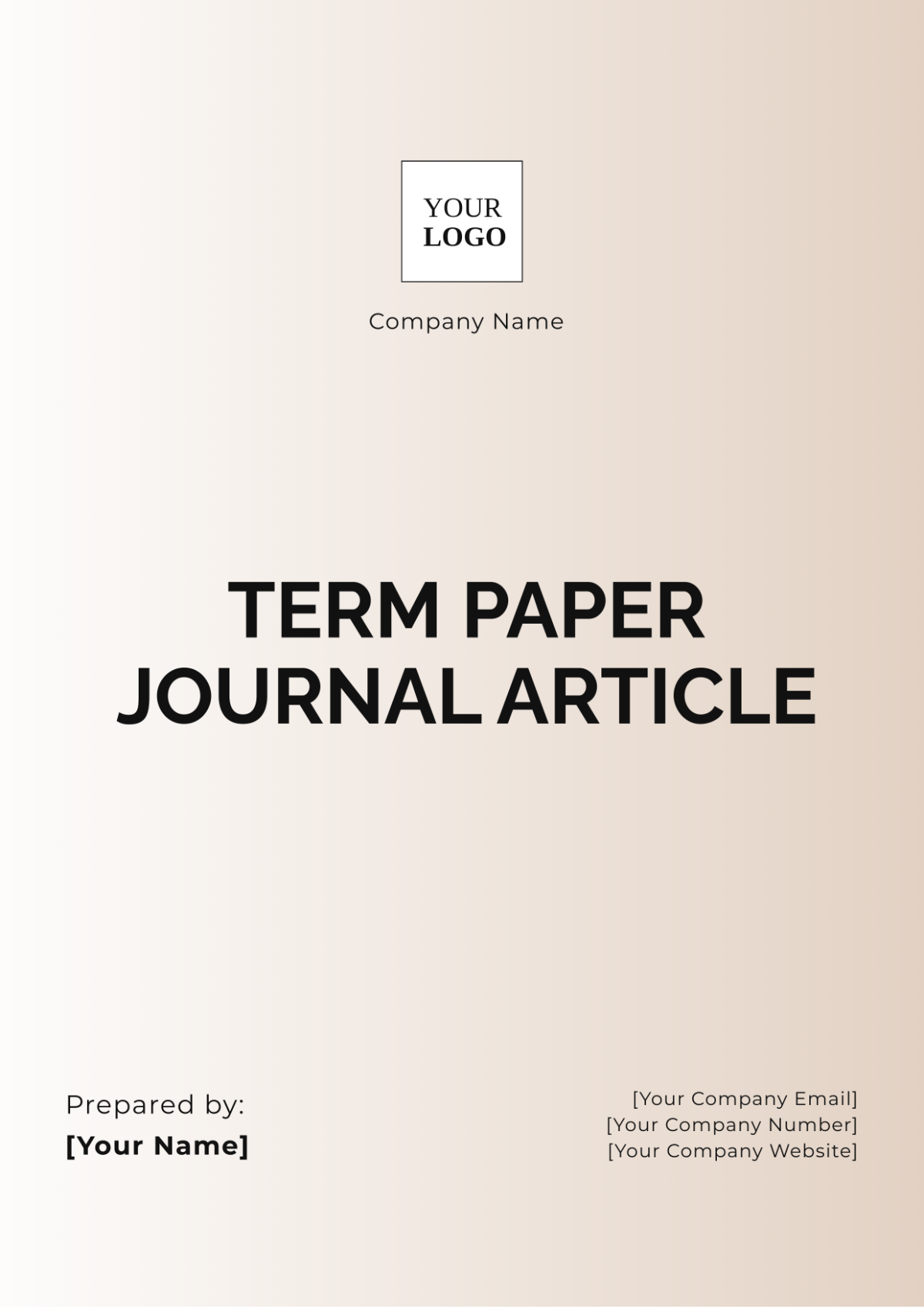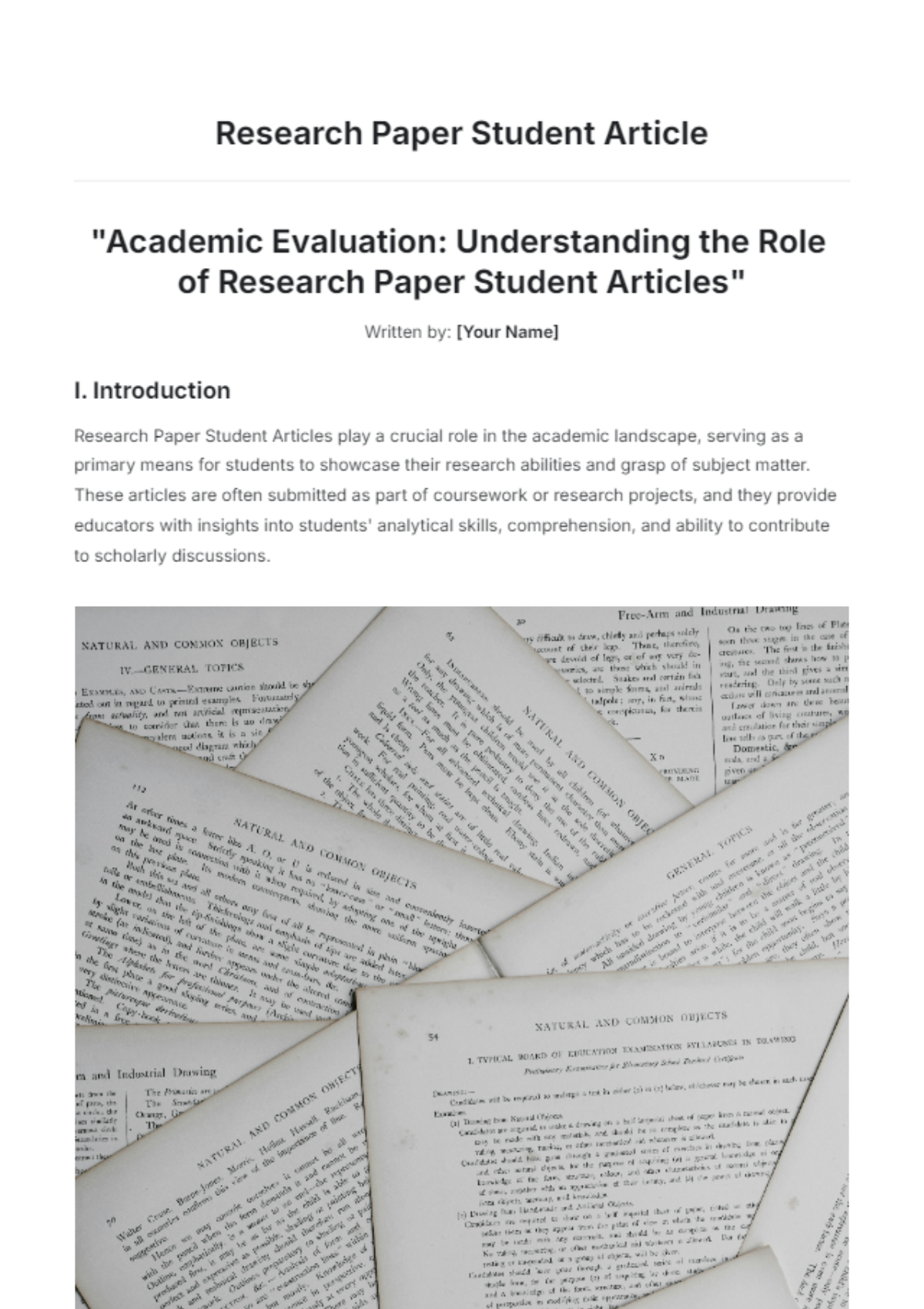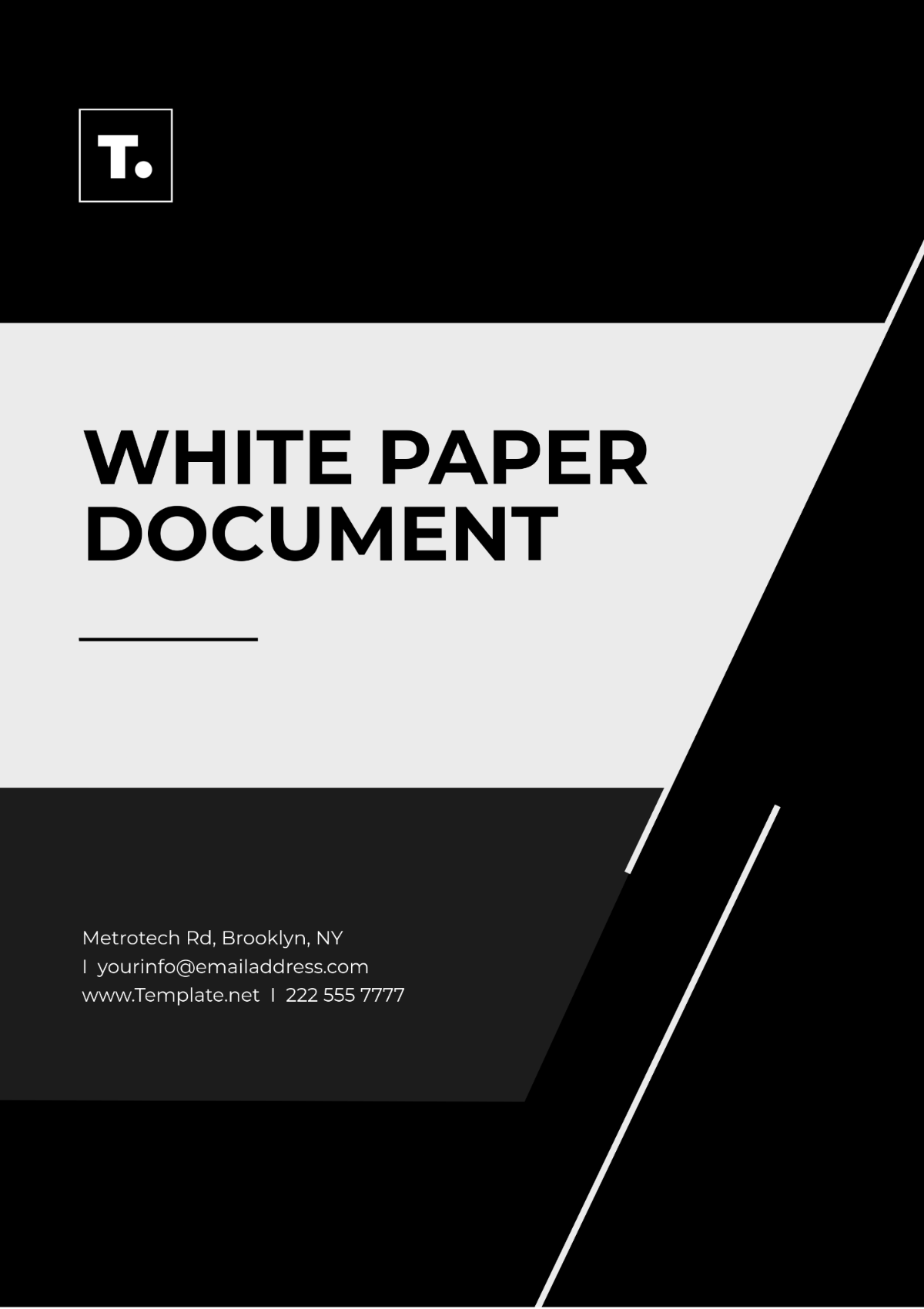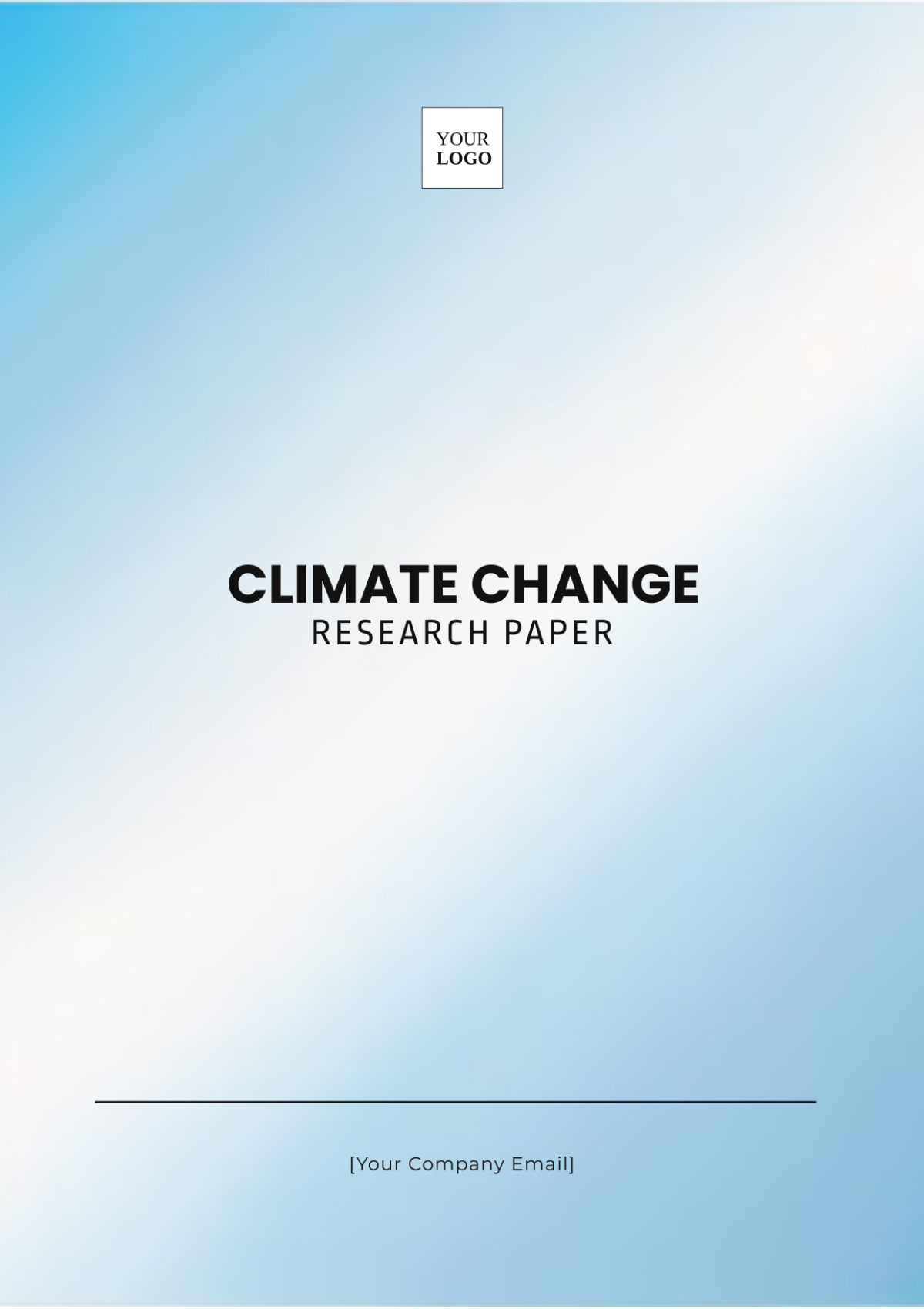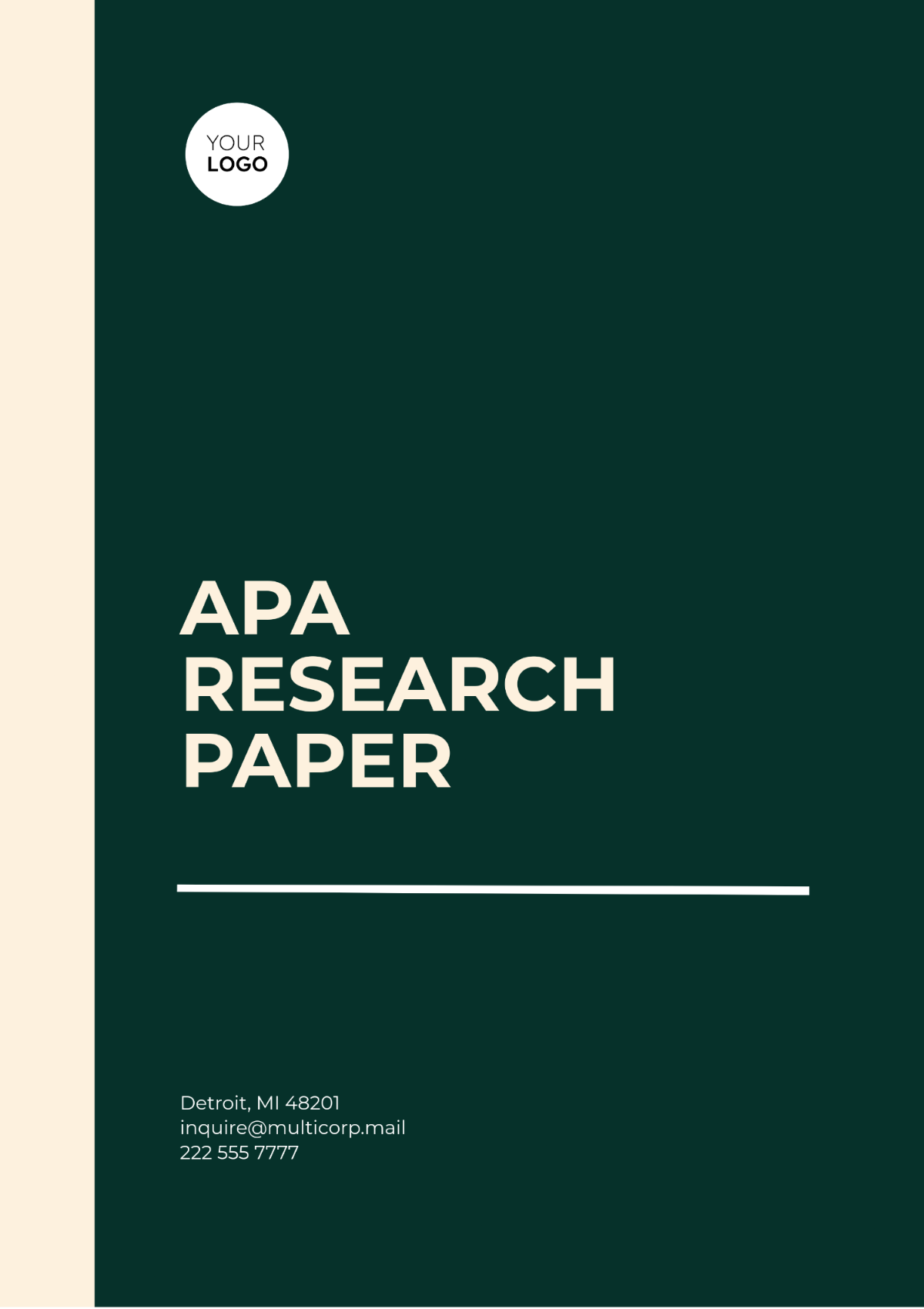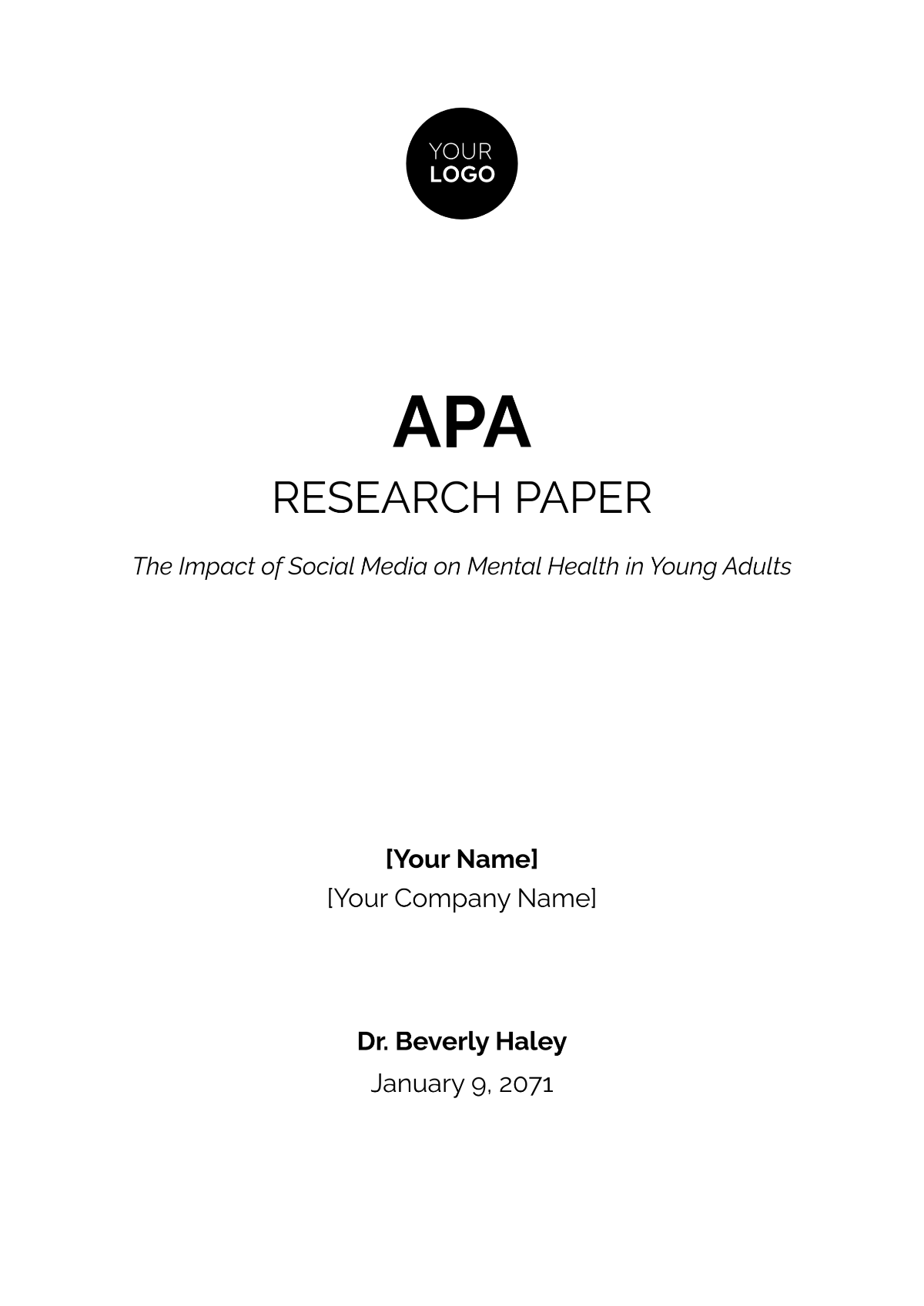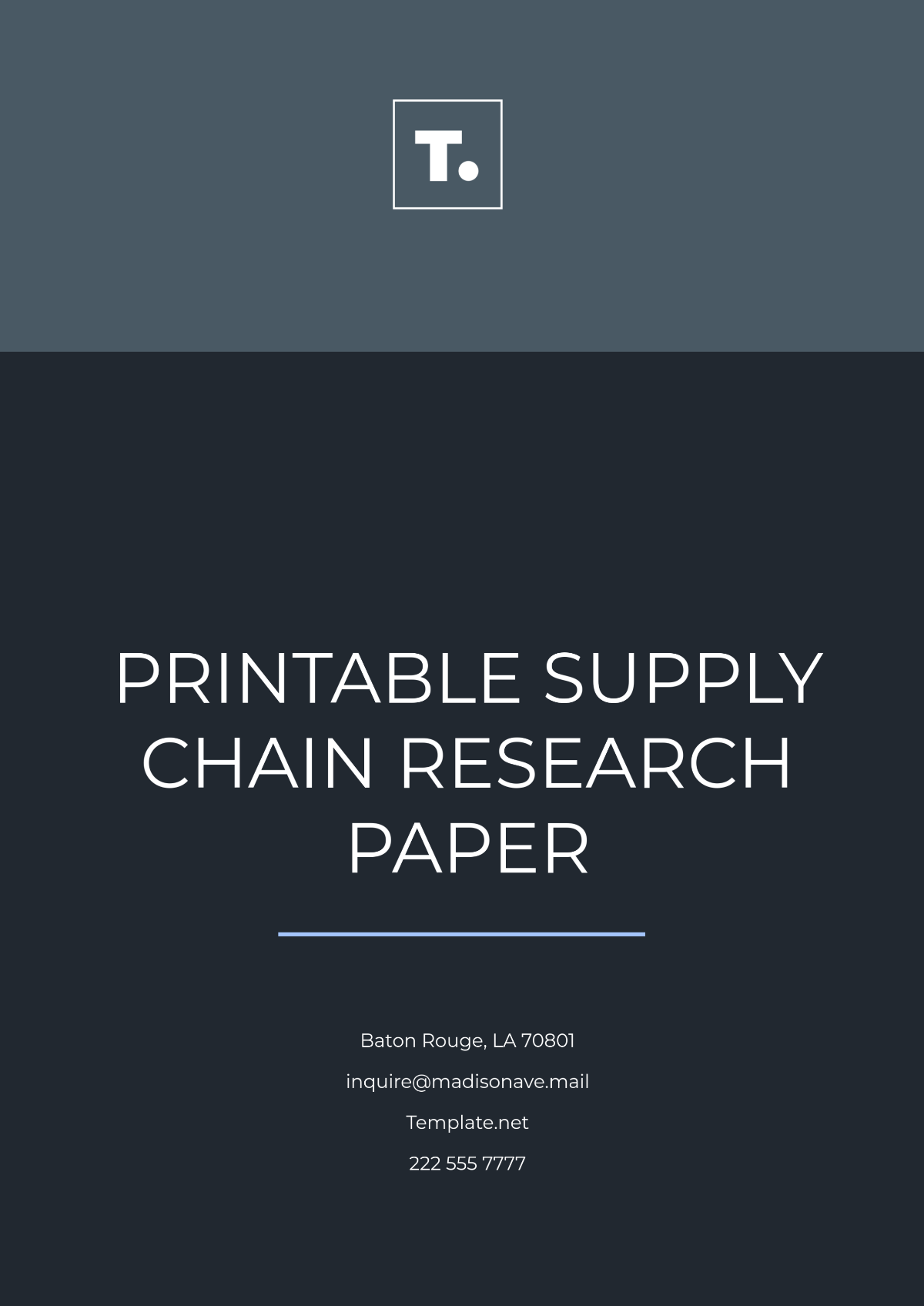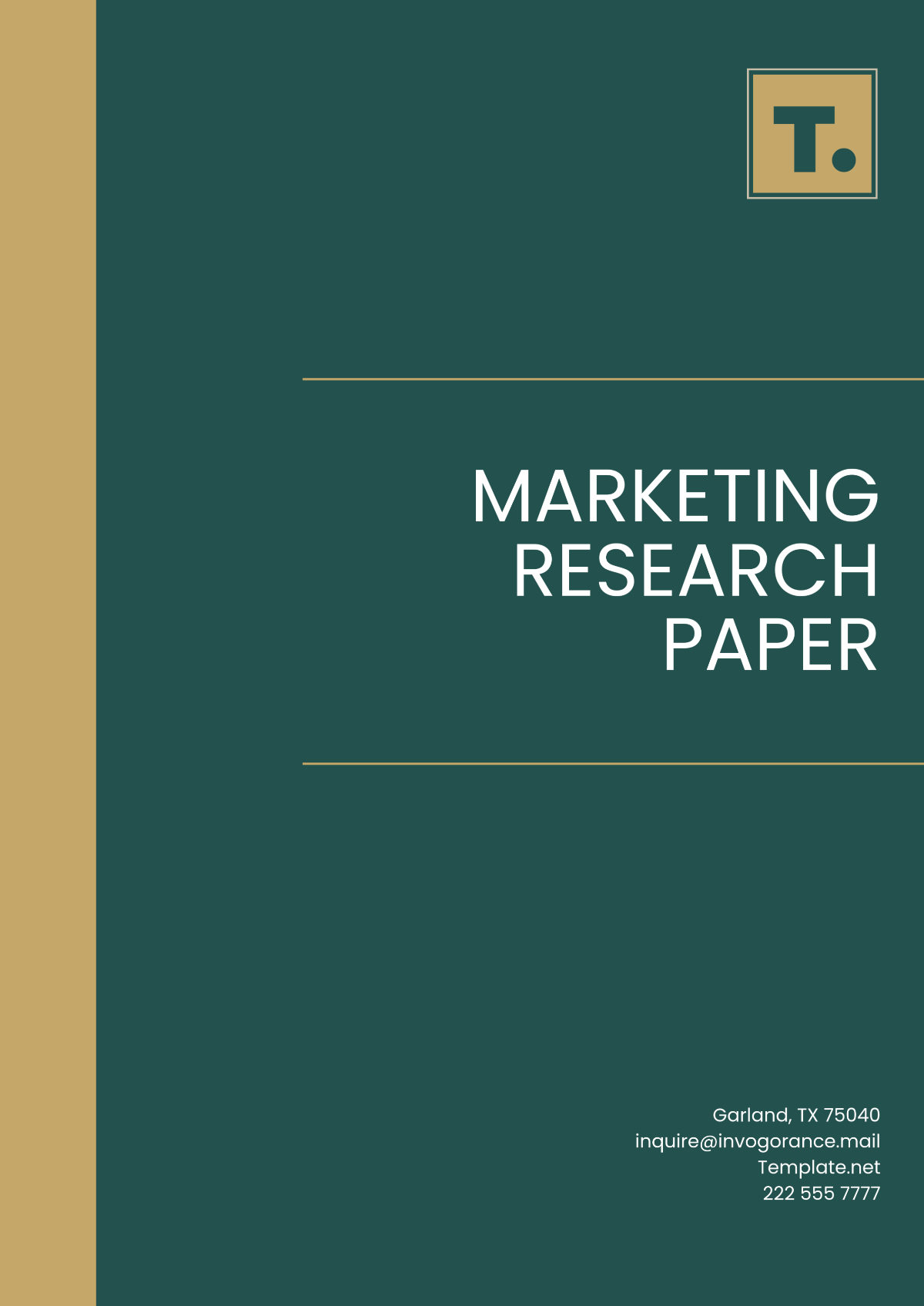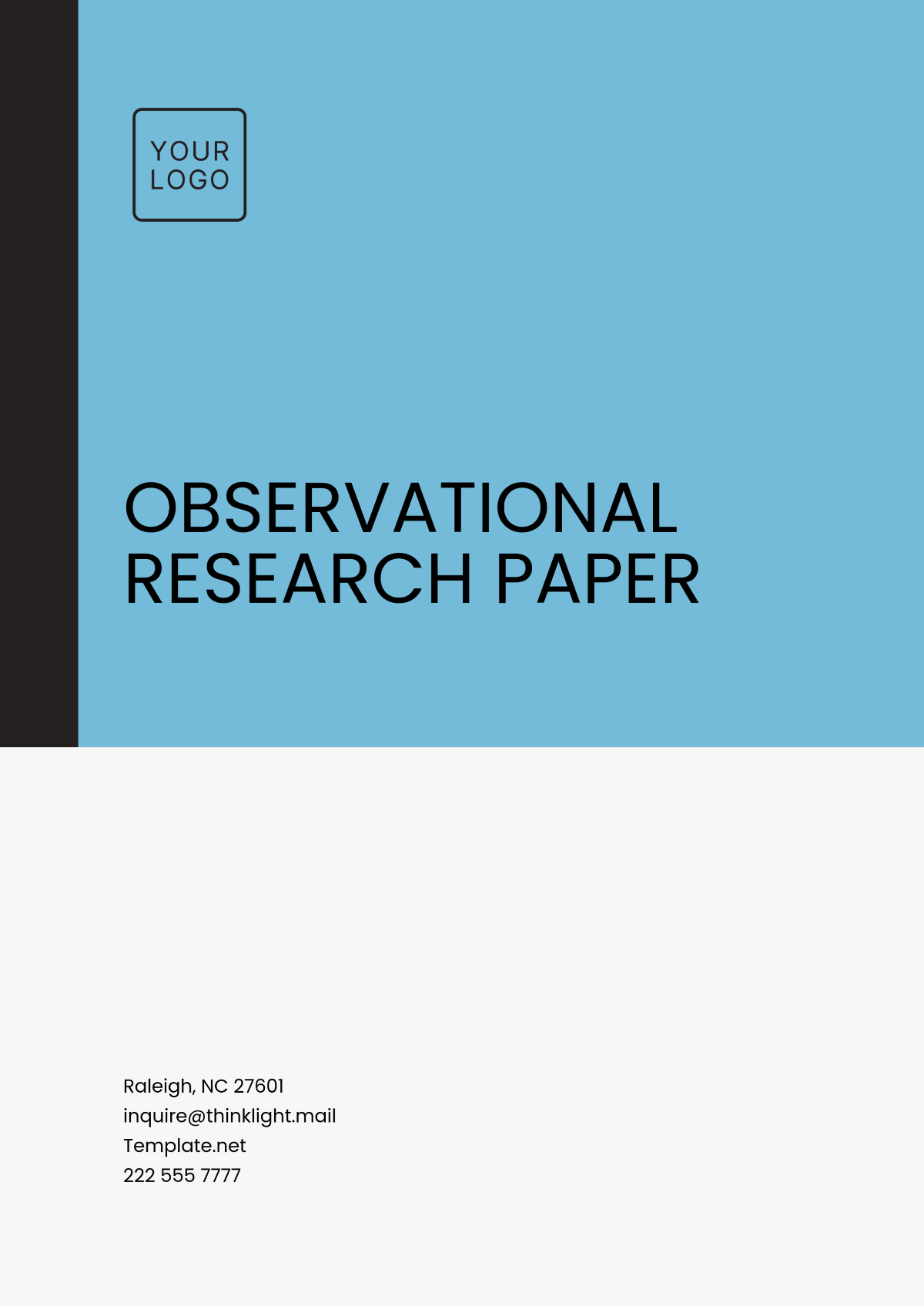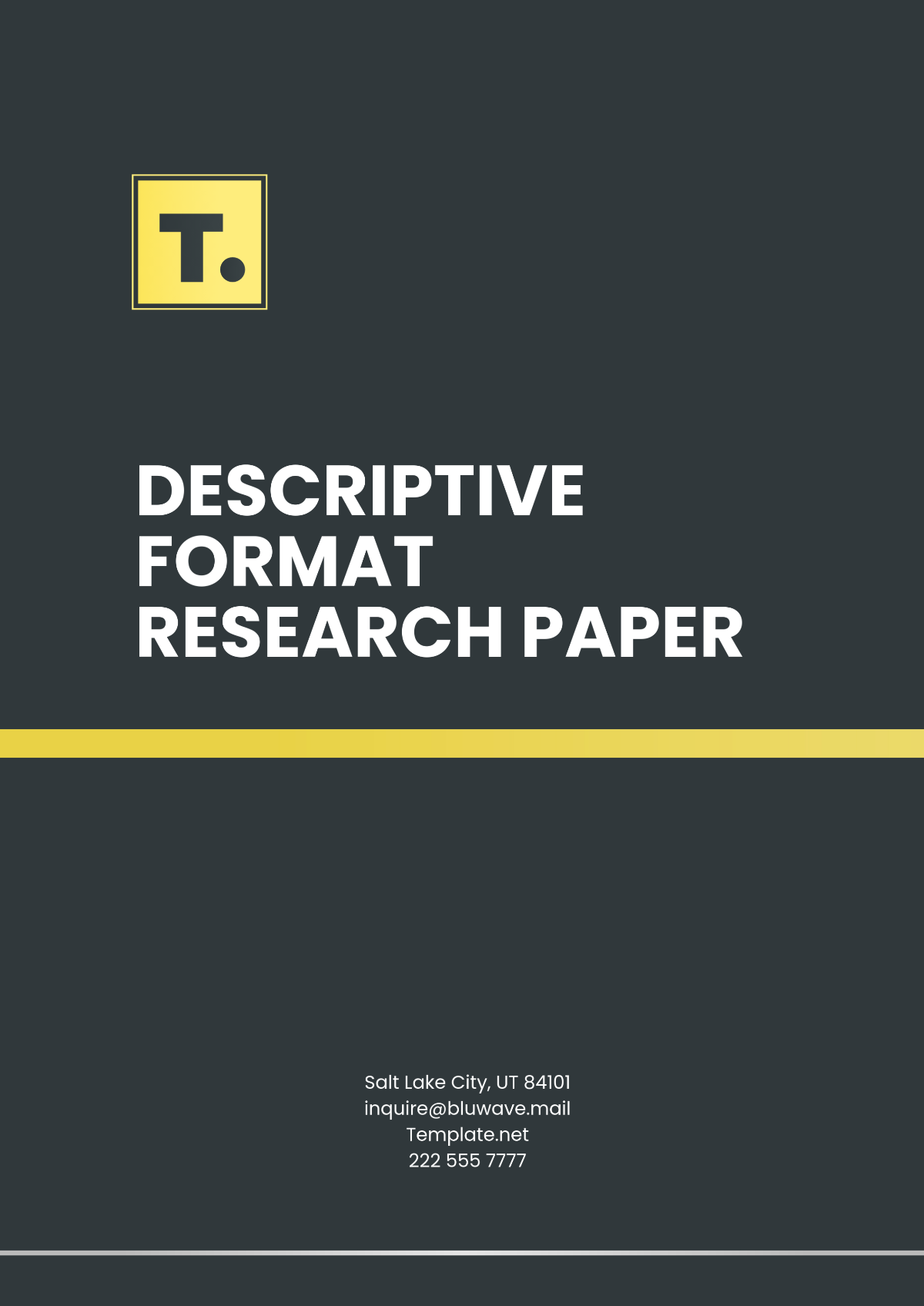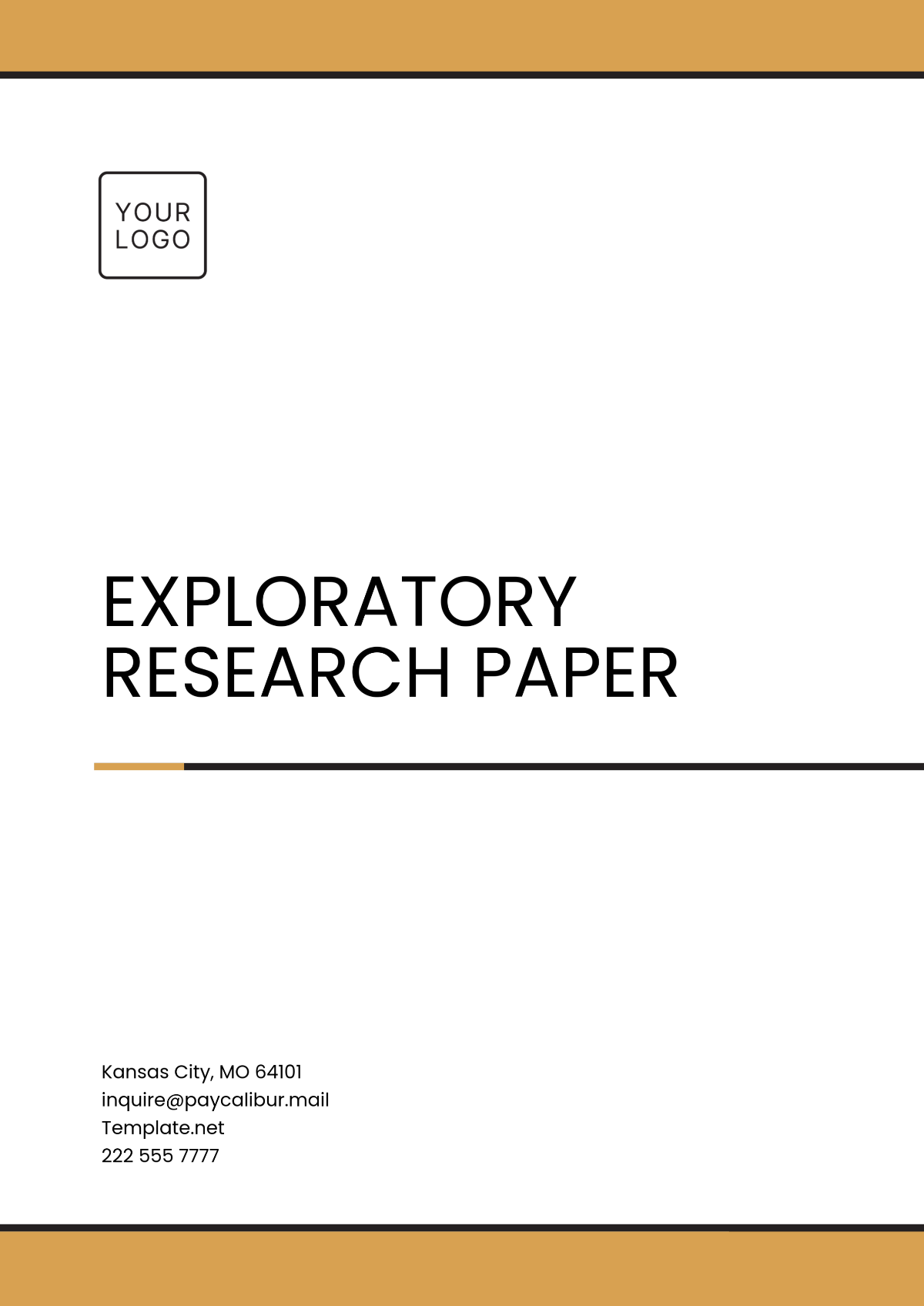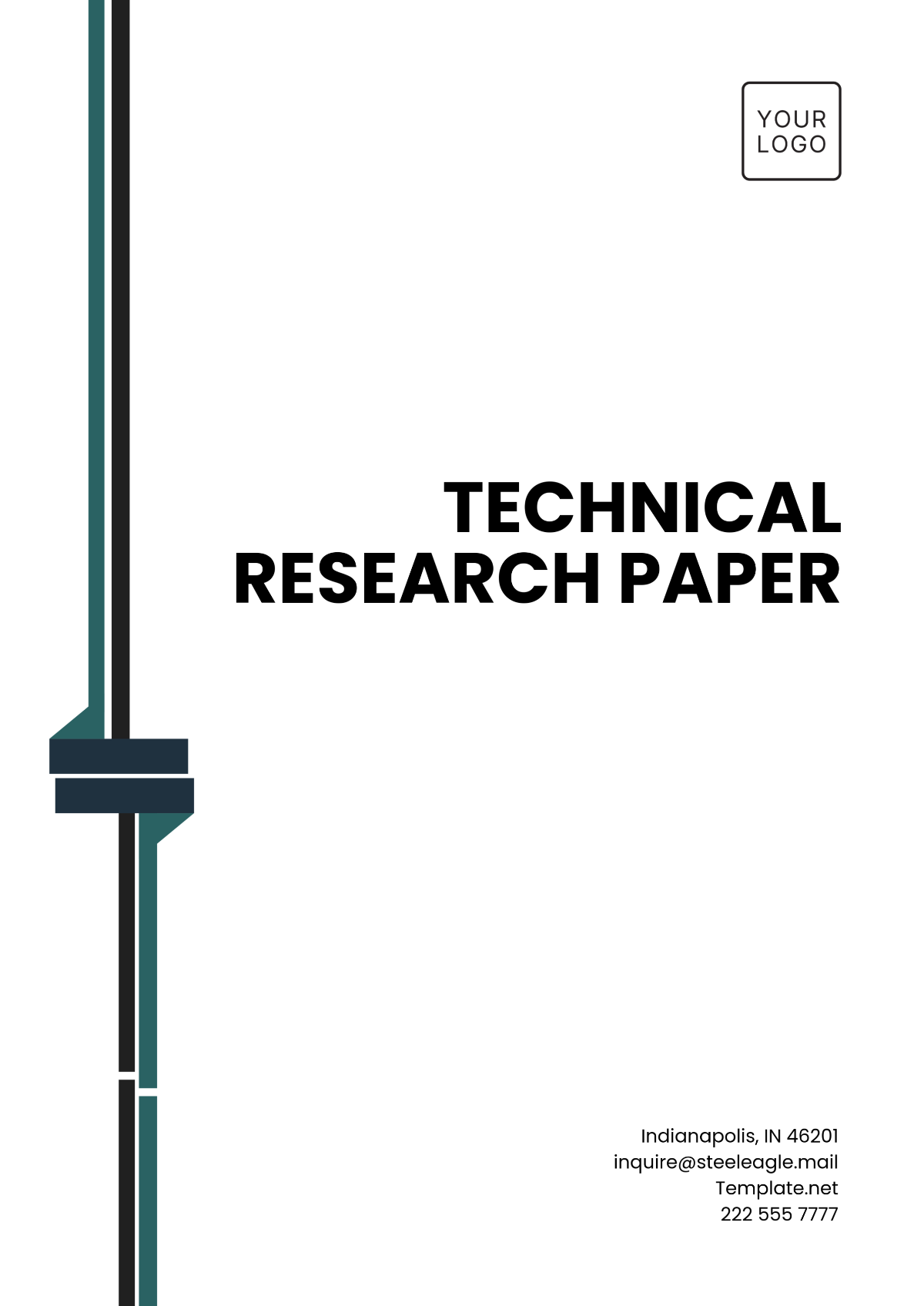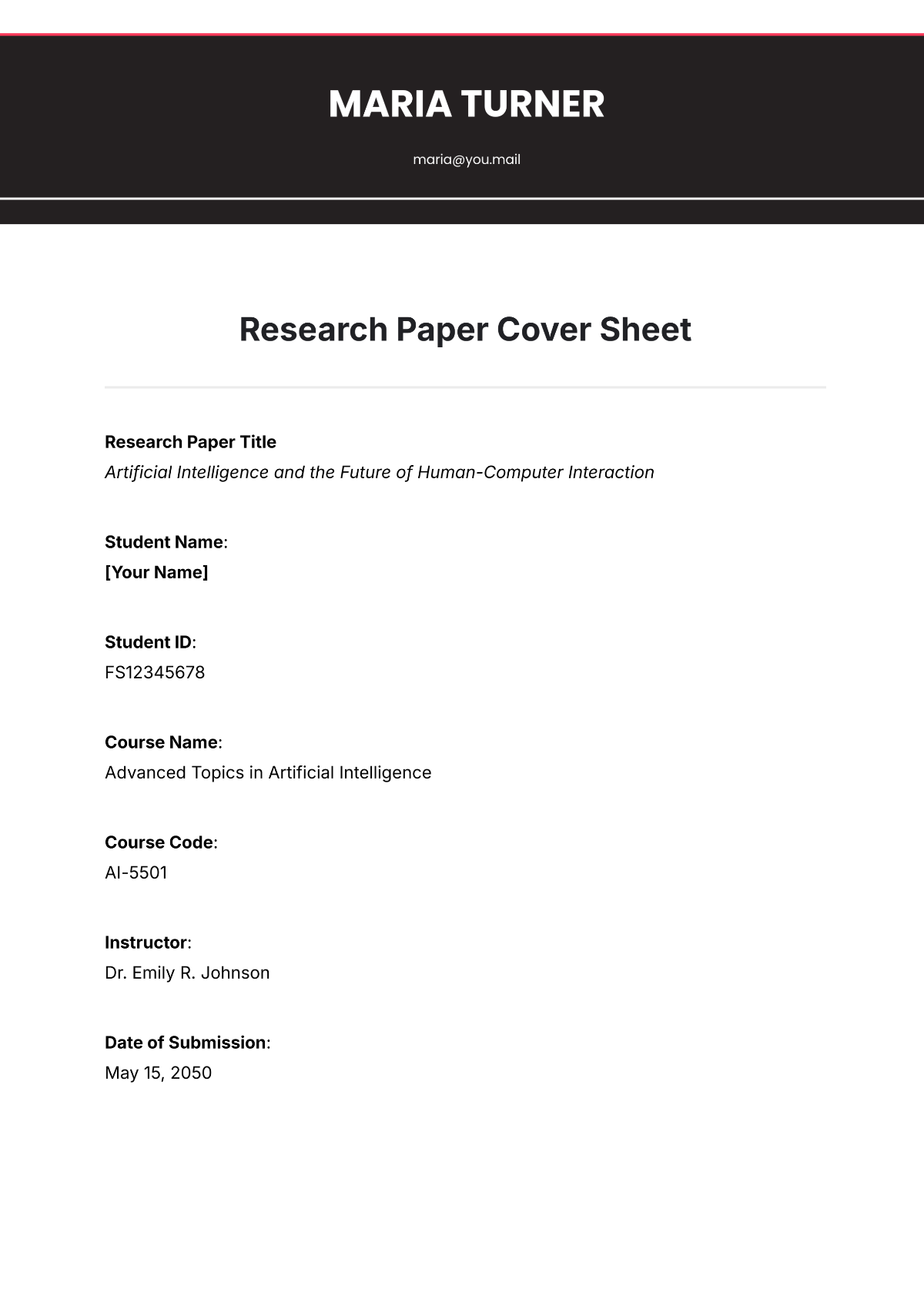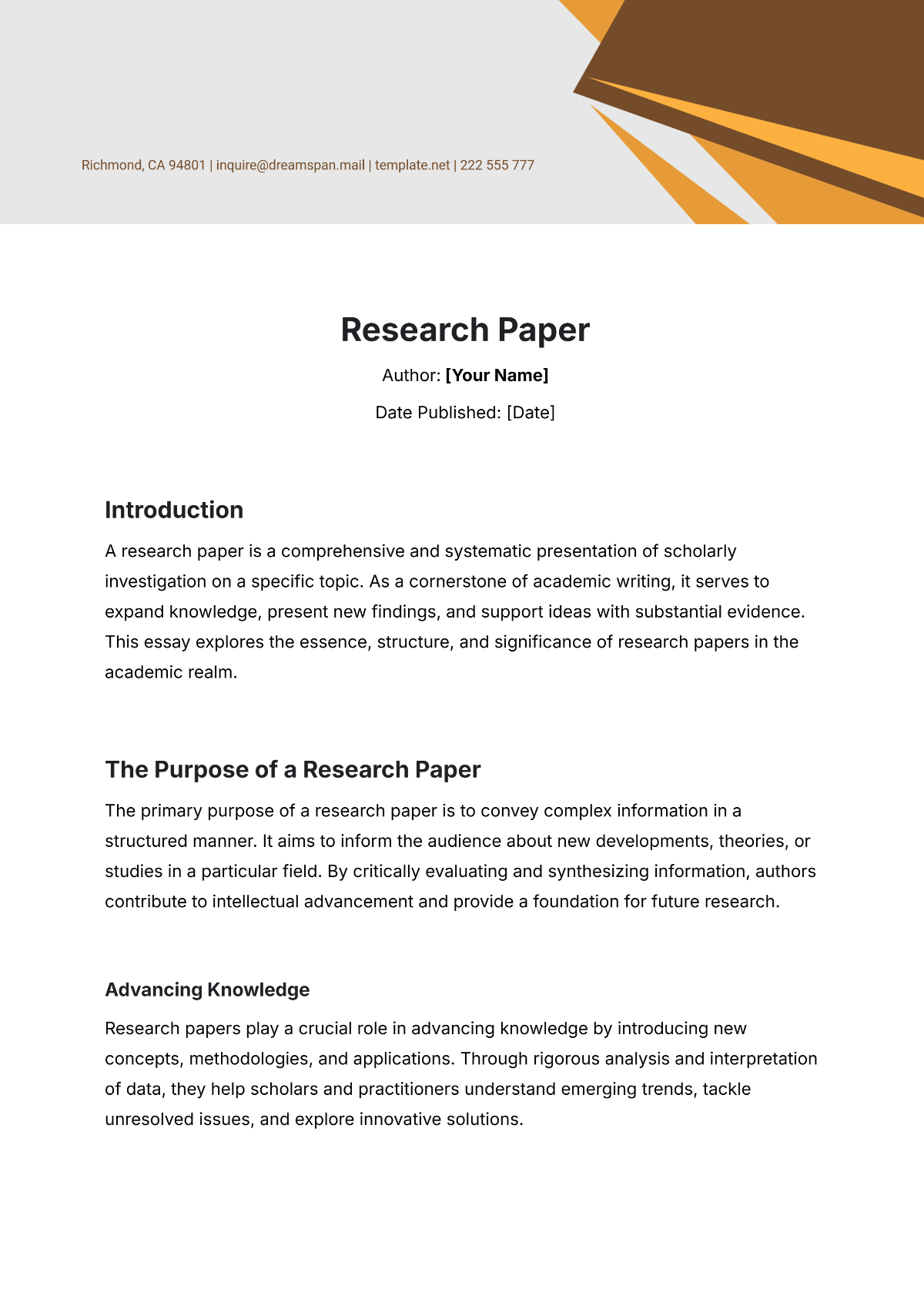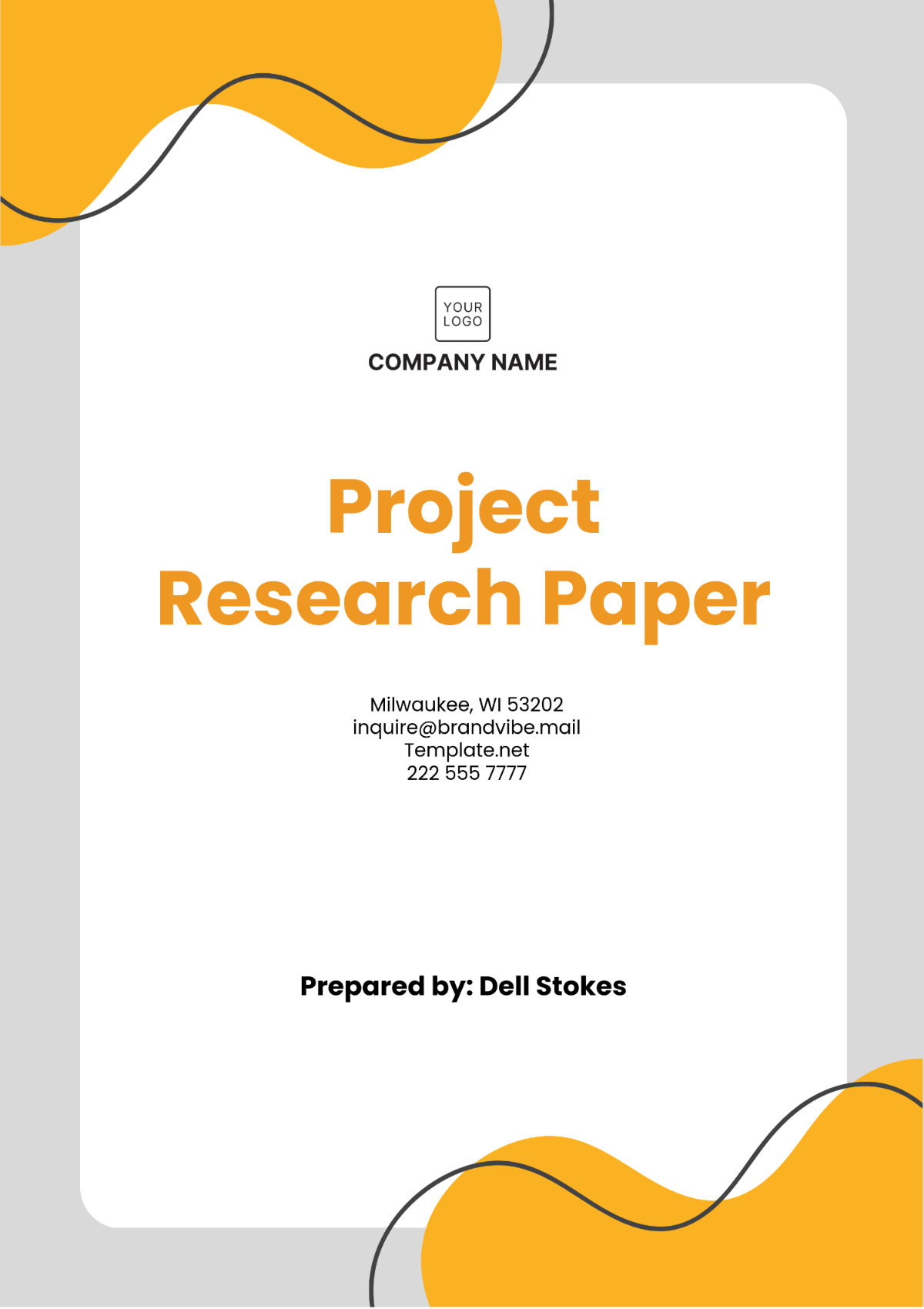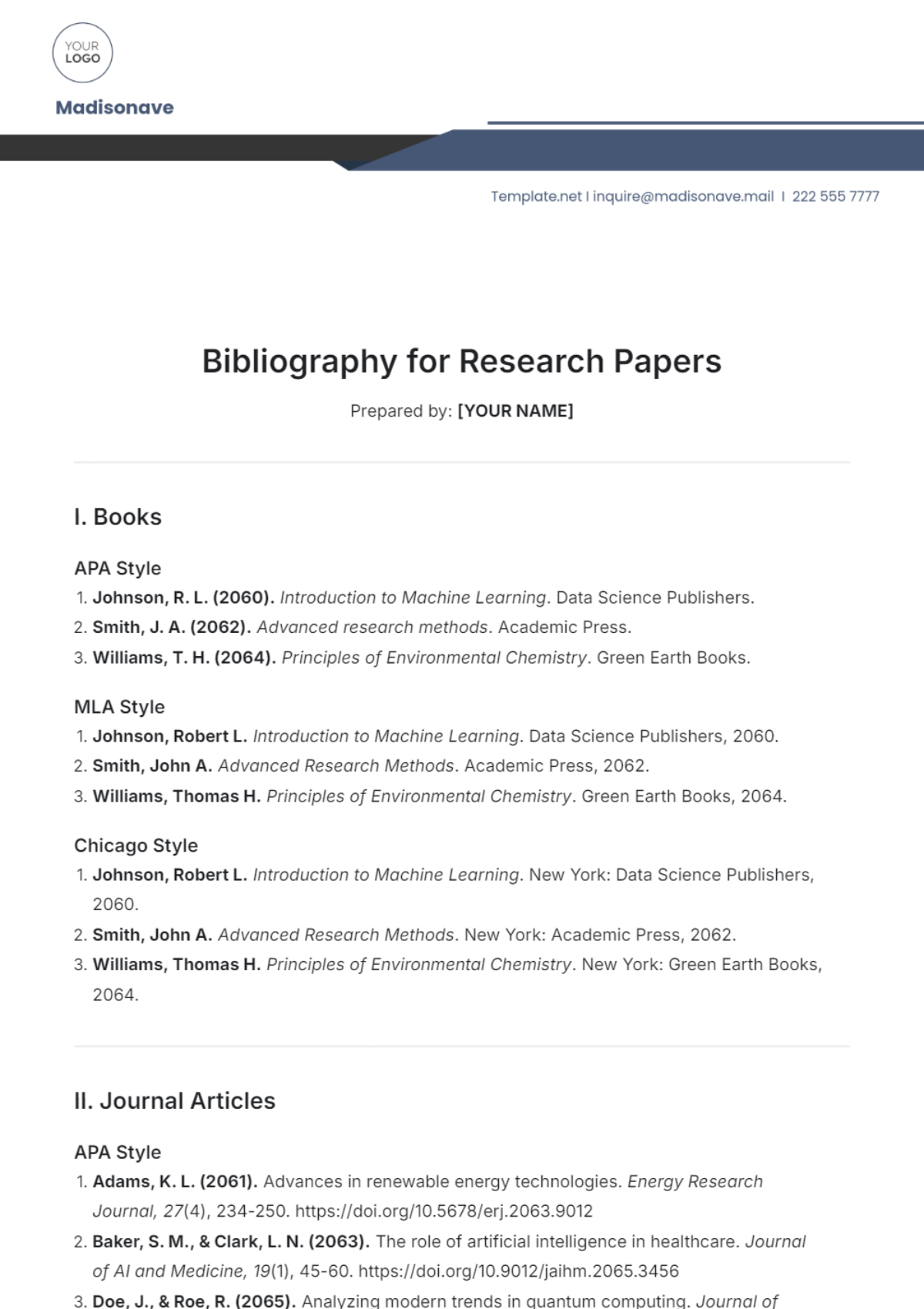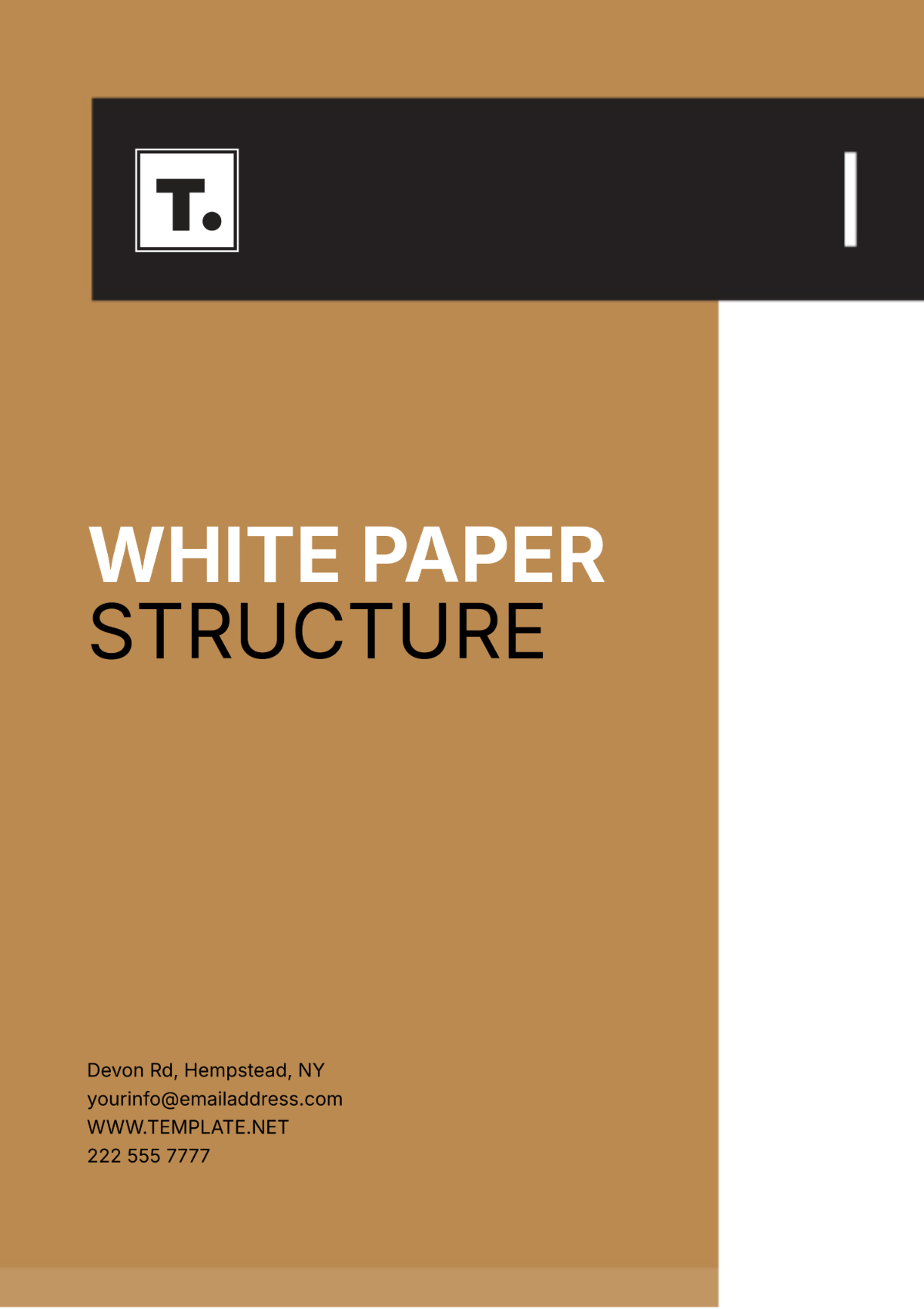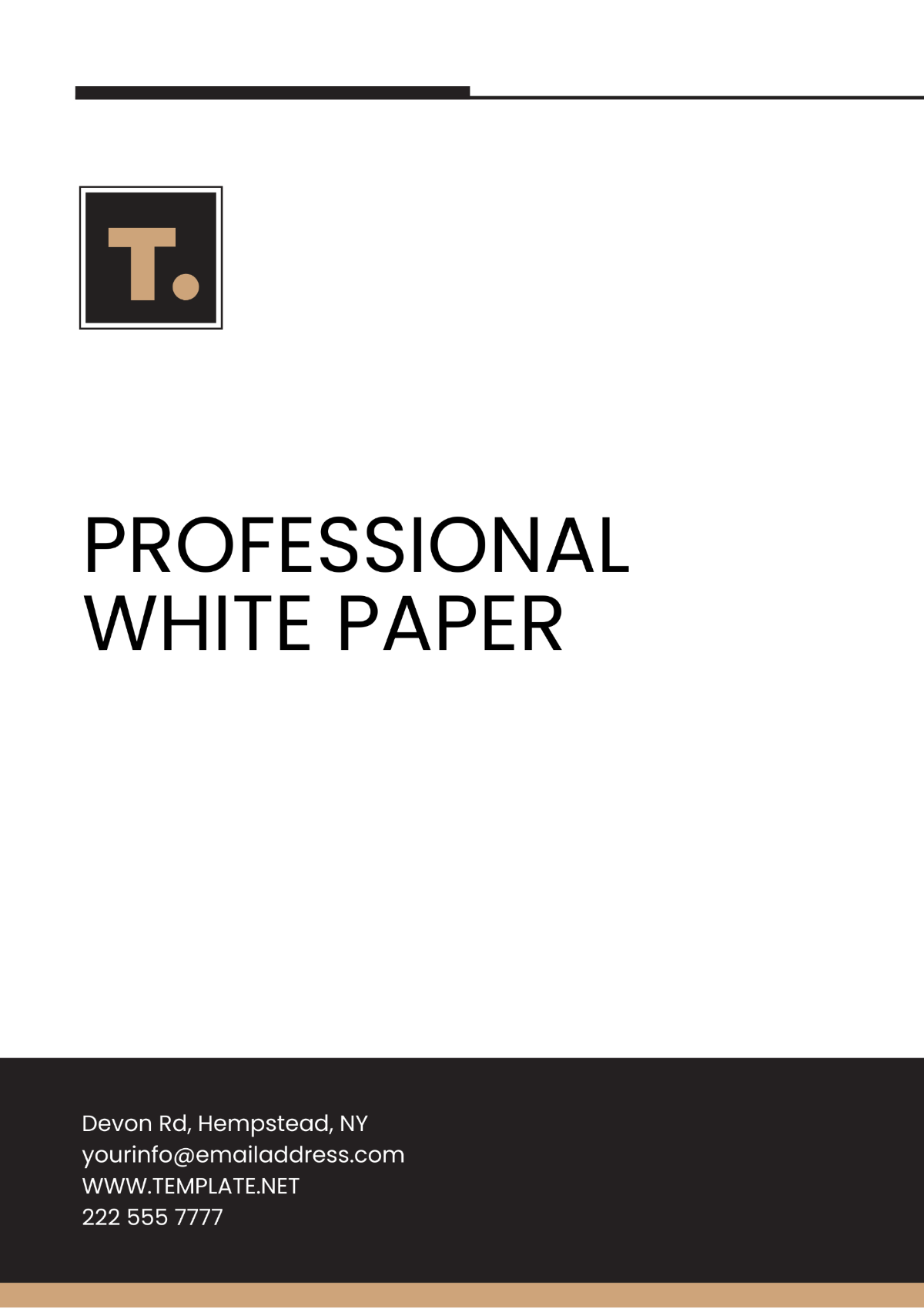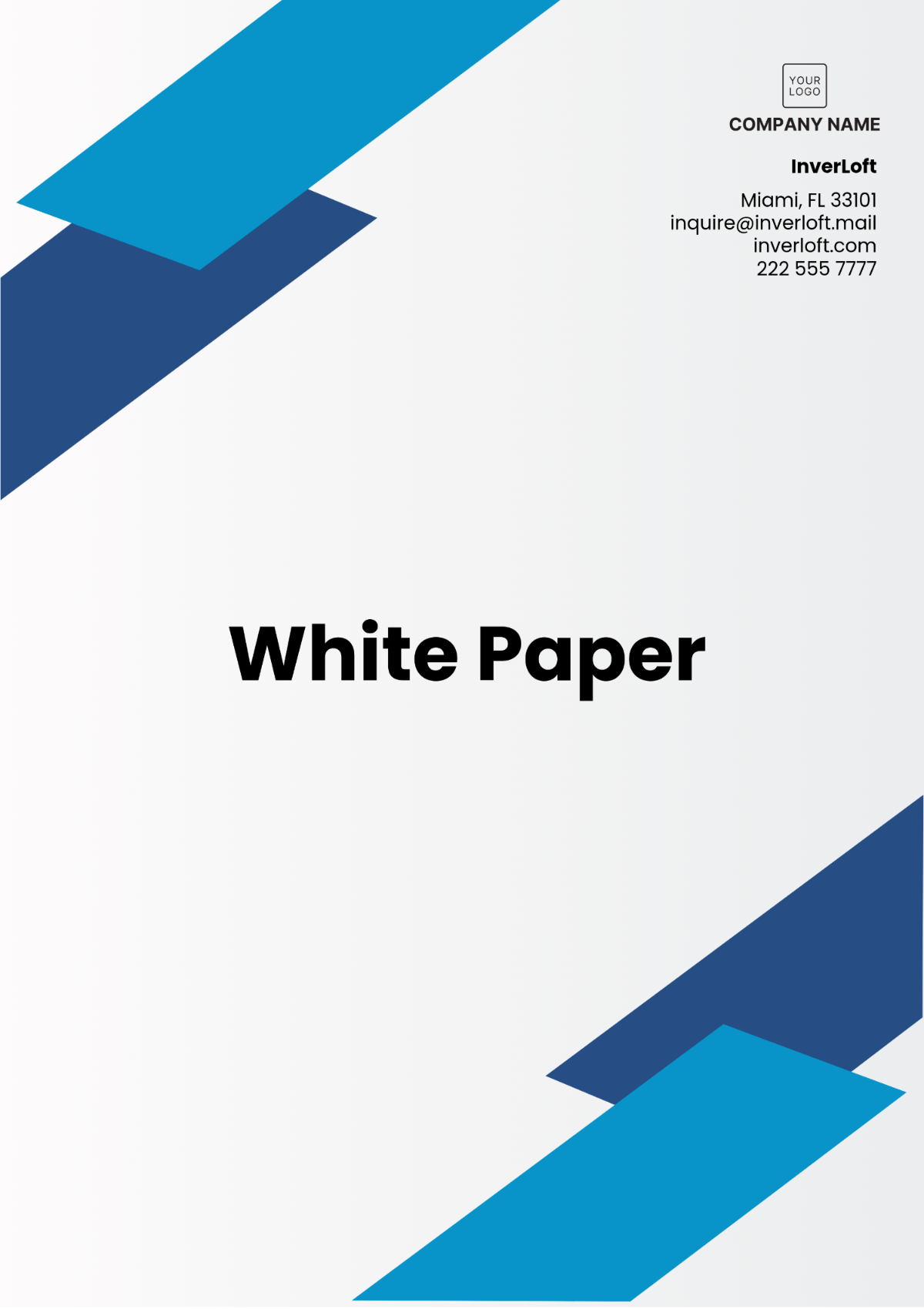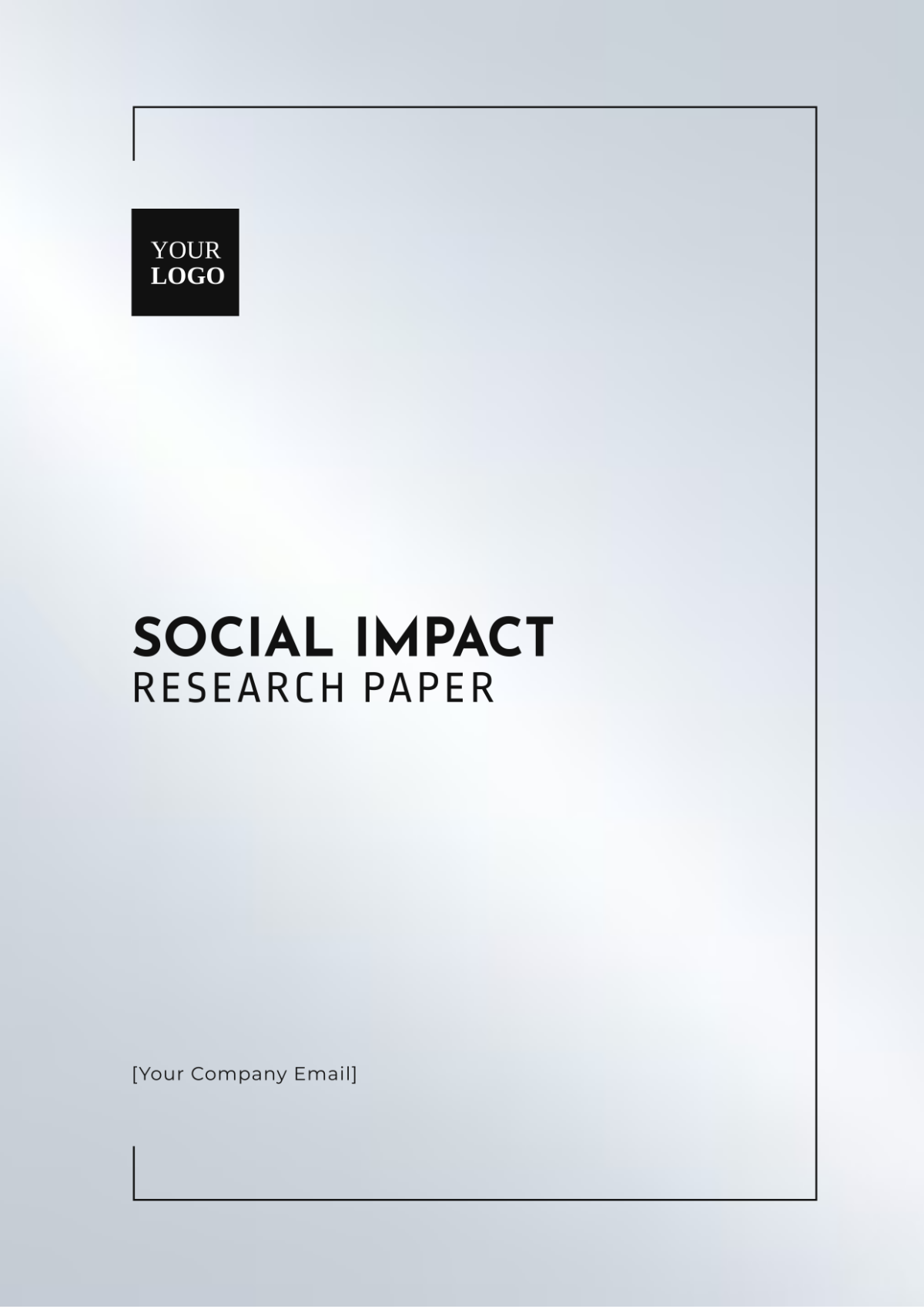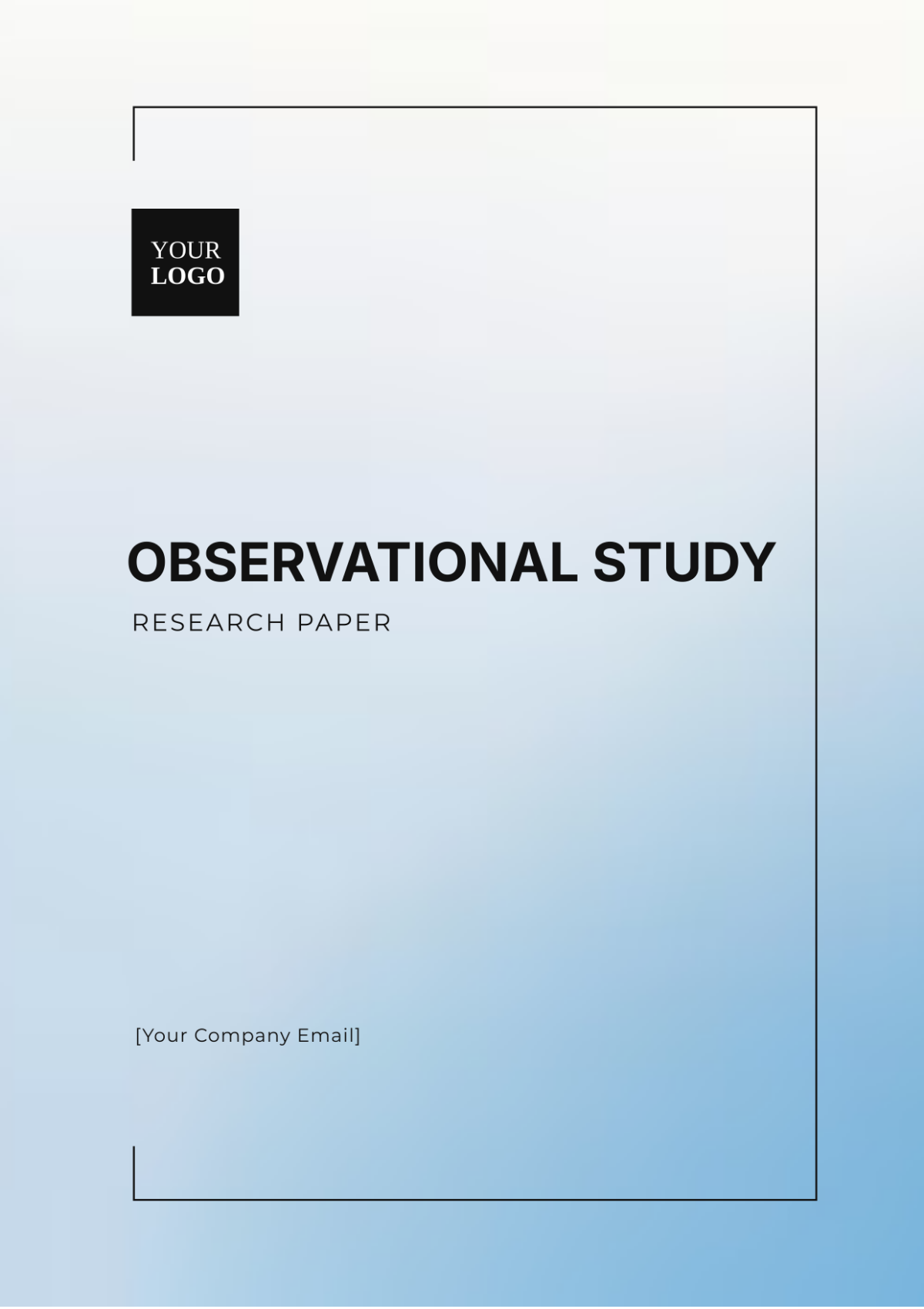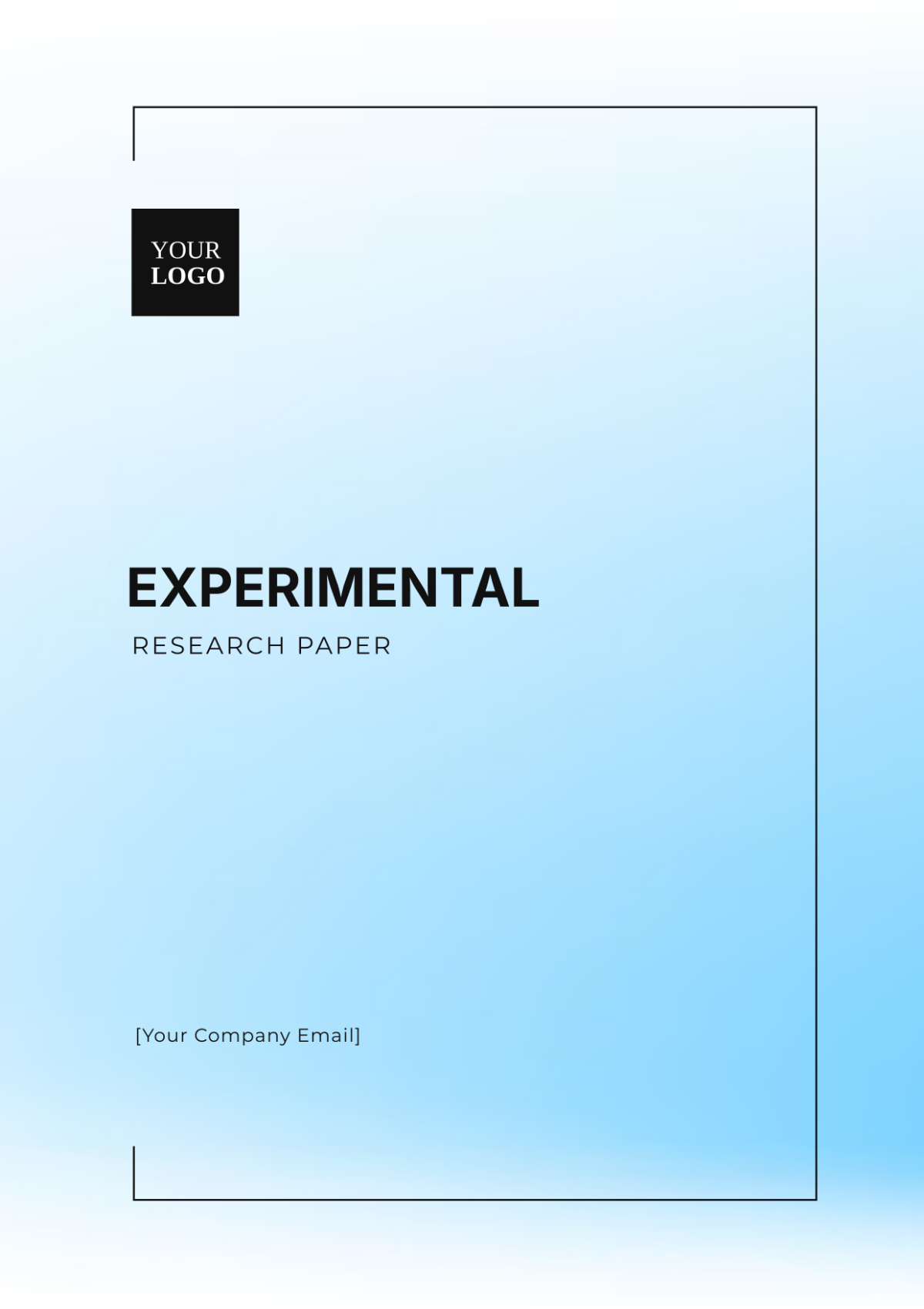Free Computer Science Research Paper Template
Computer Science Research Paper
Prepared By: [Your Name]
Abstract
Graph processing is fundamental to various applications, including social network analysis and recommendation systems. This paper introduces novel algorithms designed to enhance the efficiency of large-scale graph processing. By optimizing data structures and employing advanced parallel processing techniques, we demonstrate significant improvements in runtime performance and scalability. Our experimental results reveal that these new algorithms outperform existing methods on both small and large graph datasets, achieving notable gains in efficiency.
Keywords: Graph Processing, Parallel Algorithms, Data Structures, Scalability
I. Introduction
Graph processing involves the analysis and manipulation of graph structures, comprising nodes and edges. The growing size and complexity of real-world graphs pose significant challenges for traditional algorithms, which often struggle with performance and scalability. This paper explores innovative algorithms that utilize advanced data structures and parallel processing to enhance the efficiency of handling large-scale graphs.
II. Related Work
Graph processing has been addressed by various algorithms and frameworks, including the Pregel model and MapReduce-based approaches. While these methods offer valuable solutions, they frequently encounter limitations in scalability and efficiency. This section reviews these existing solutions, highlighting their constraints and identifying the specific gaps that our proposed algorithms aim to bridge.
III. Methodology
A. Data Structures
We propose a new data structure, the Compressed Adjacency Matrix (CAM), designed to reduce memory consumption and accelerate access times compared to traditional adjacency matrices. The CAM leverages compression techniques to efficiently represent sparse graphs and facilitate faster querying and traversal.
B. Parallel Processing Techniques
Our methodology incorporates a hybrid parallelism model, blending fine-grained and coarse-grained parallelism. We harness the computational power of GPUs and multi-core CPUs to optimize processing speed. This approach not only improves execution time but also enhances the system's ability to scale with increasing graph sizes.
IV. Algorithms
A. CAM-Based Graph Traversal
We introduce a traversal algorithm that utilizes the CAM to efficiently conduct depth-first and breadth-first searches on large graphs. This algorithm minimizes redundant computations and reduces memory overhead by leveraging the CAM's compressed representation, leading to faster and more memory-efficient graph traversal.
B. Hybrid Parallel Processing Algorithm
Our hybrid parallel processing algorithm divides the graph into manageable partitions and distributes computational tasks across multiple processors. By optimizing workload balance and minimizing inter-processor communication overhead, this approach achieves substantial performance improvements compared to traditional graph processing methods.
V. Experimental Results
A. Dataset and Setup
Our algorithms were evaluated using a range of datasets, including social networks, web graphs, and citation networks. Experiments were conducted on a high-performance cluster equipped with GPUs and multi-core CPUs, providing a robust environment for assessing performance.
B. Performance Metrics
We assessed our algorithms based on several performance metrics, including runtime, memory usage, and scalability. The results demonstrate that our methods achieve up to a 50% reduction in runtime and a 30% decrease in memory usage compared to existing approaches, highlighting their effectiveness and efficiency.
VI. Discussion
The experimental results confirm that our proposed algorithms offer significant improvements in the efficiency of large-scale graph processing. The CAM-based data structure and hybrid parallel processing techniques prove to be effective in managing complex graphs, delivering high performance and scalability.
VII. Conclusion
This paper presents advanced algorithms for large-scale graph processing, addressing key limitations of existing methods. The combination of the CAM-based data structure and hybrid parallel processing offers substantial performance gains. Future research will focus on further refining these algorithms and exploring additional applications to broaden their impact.
